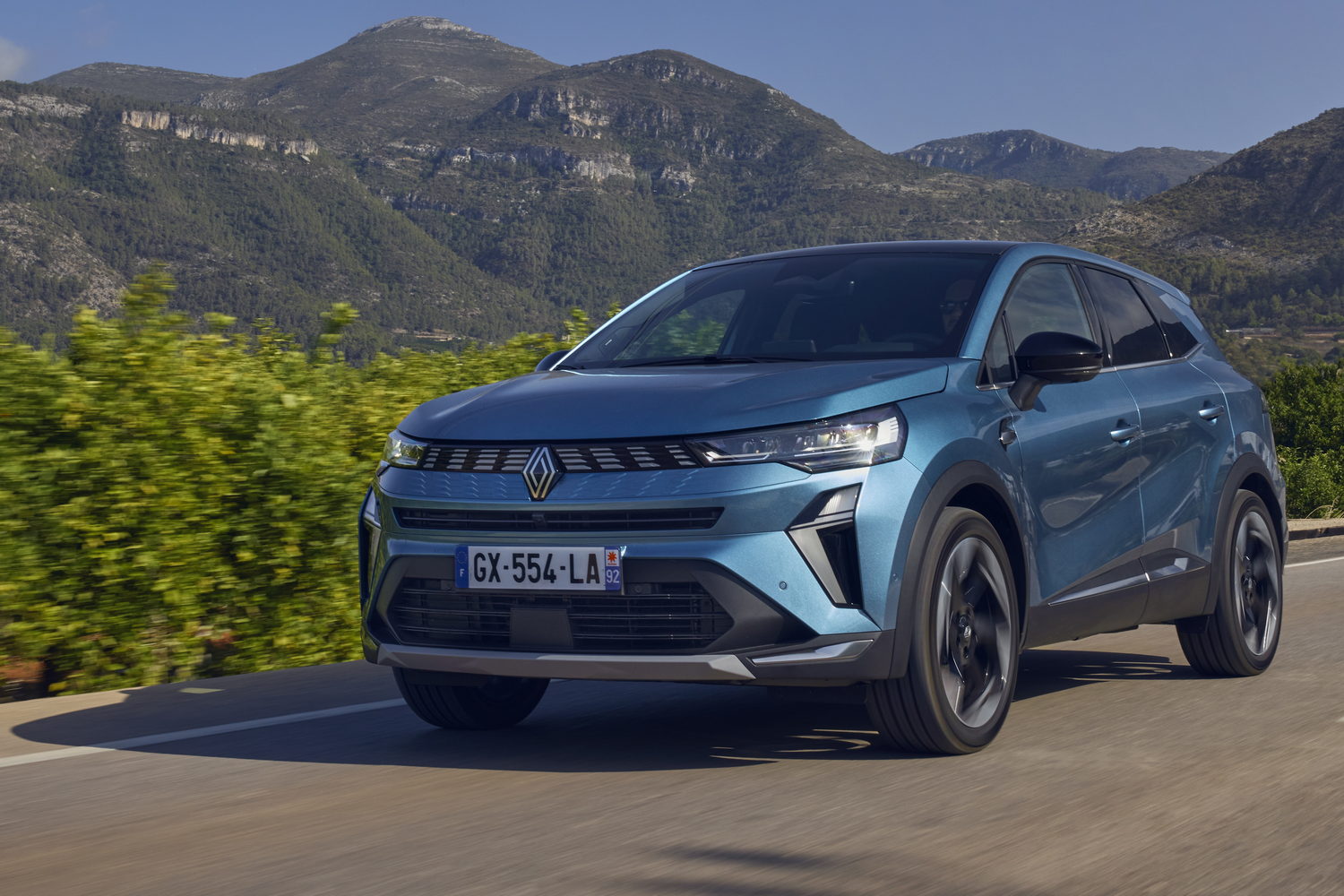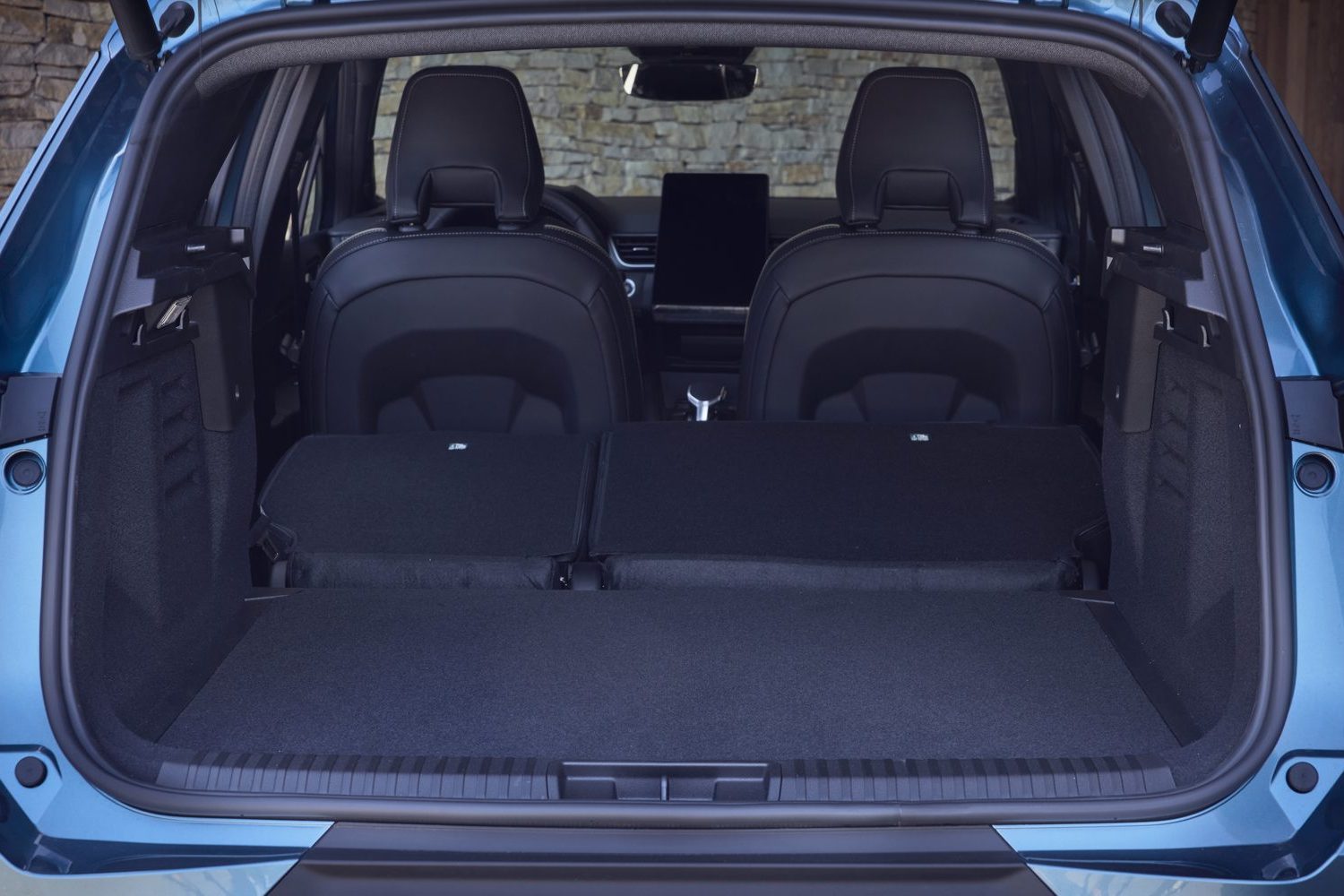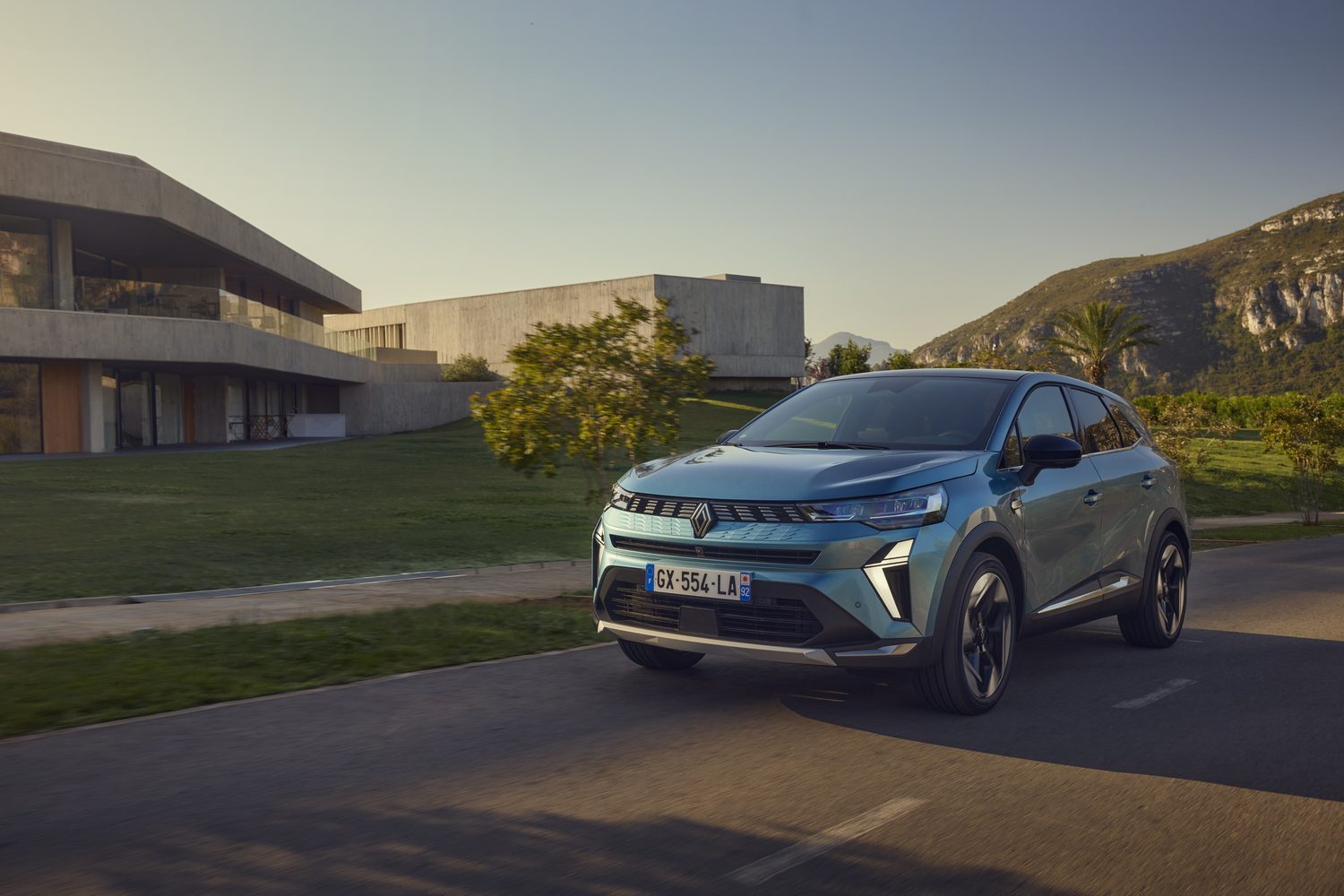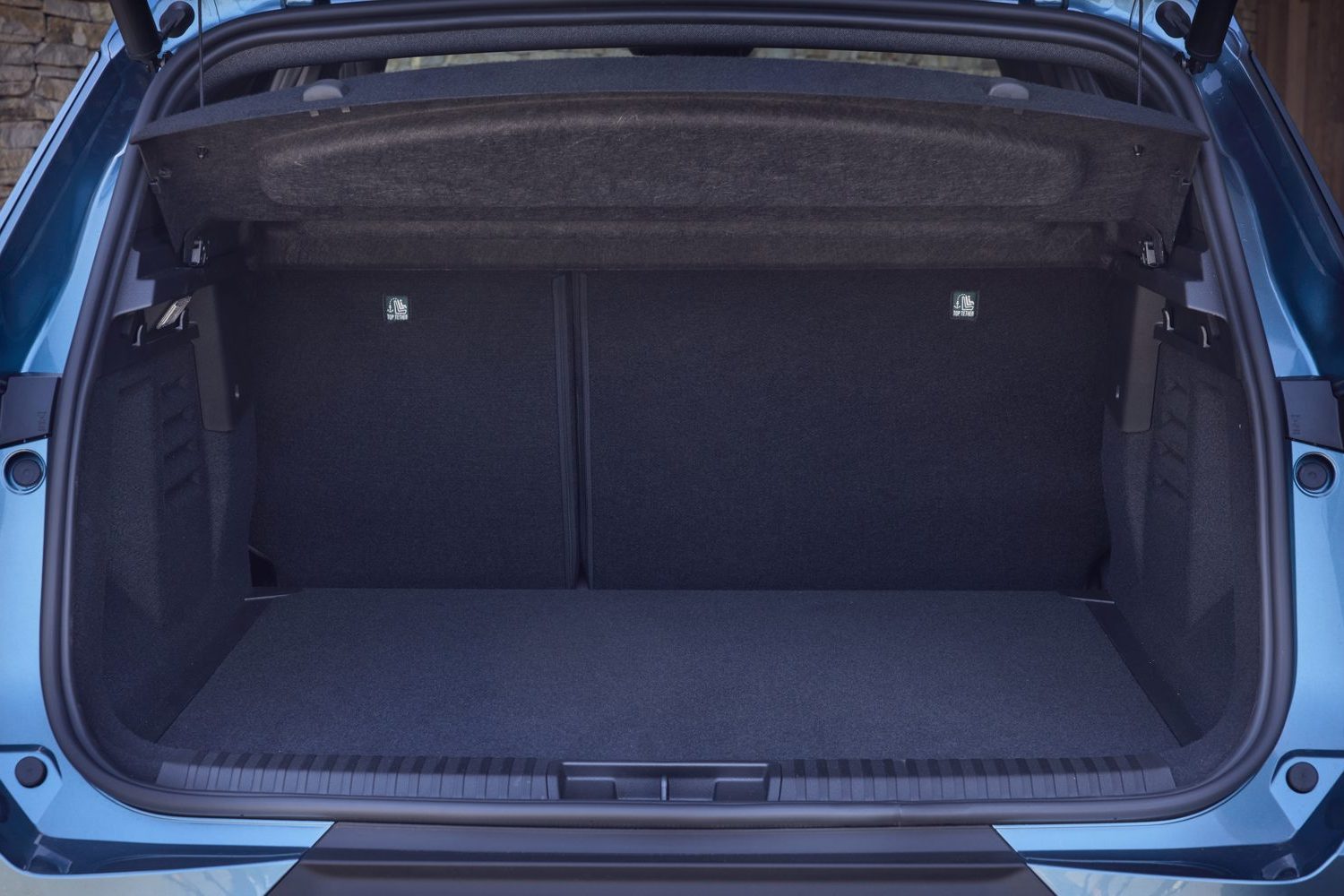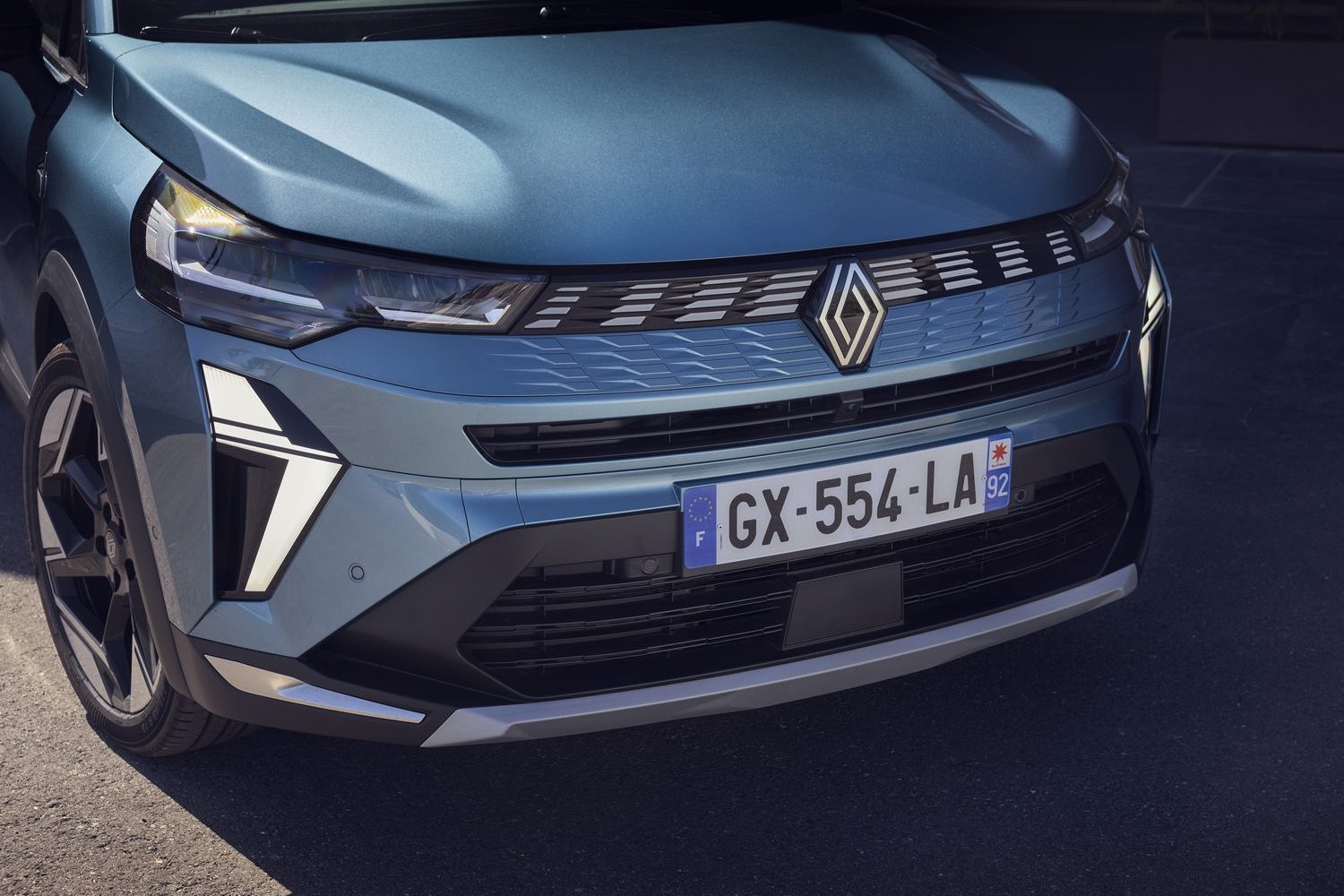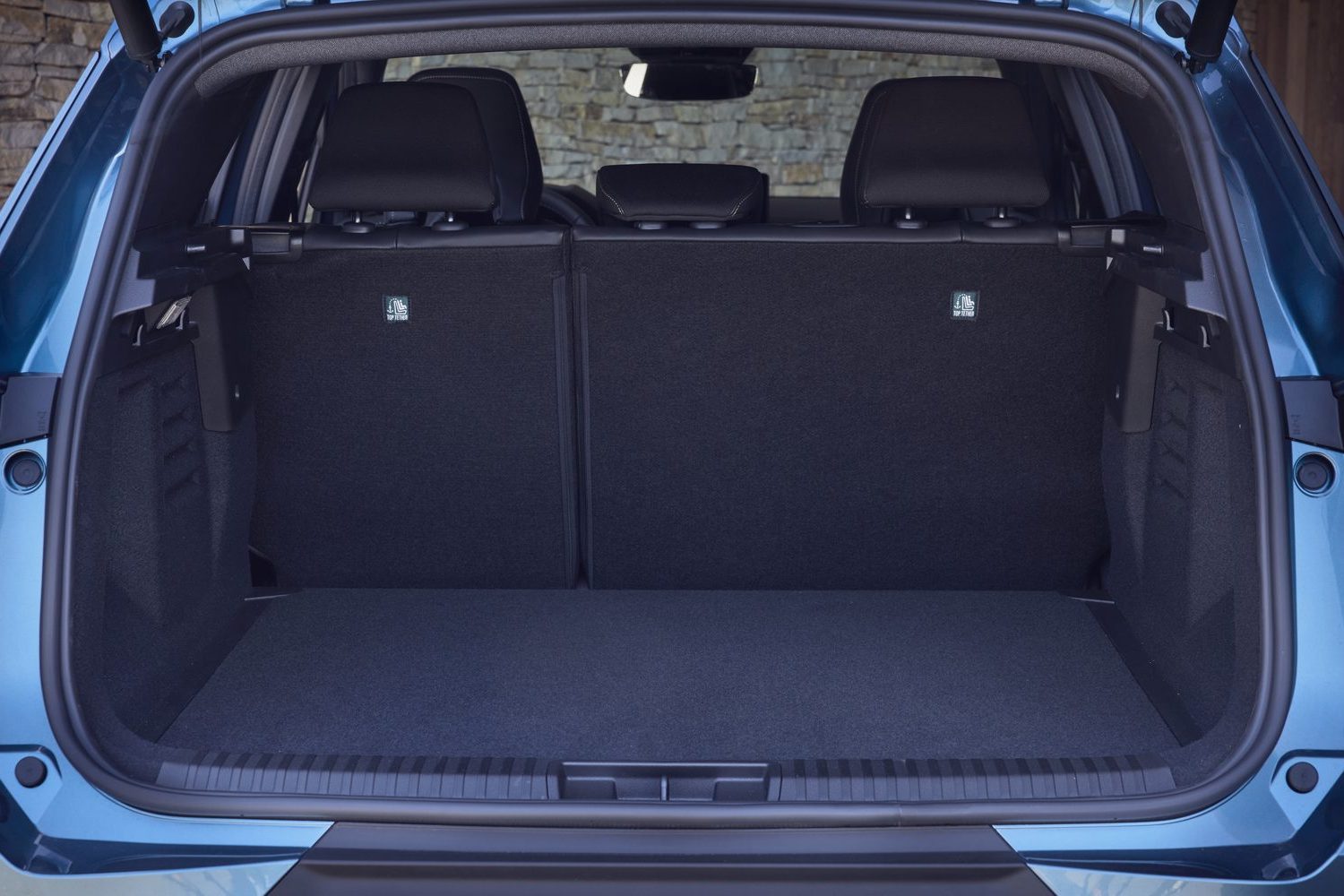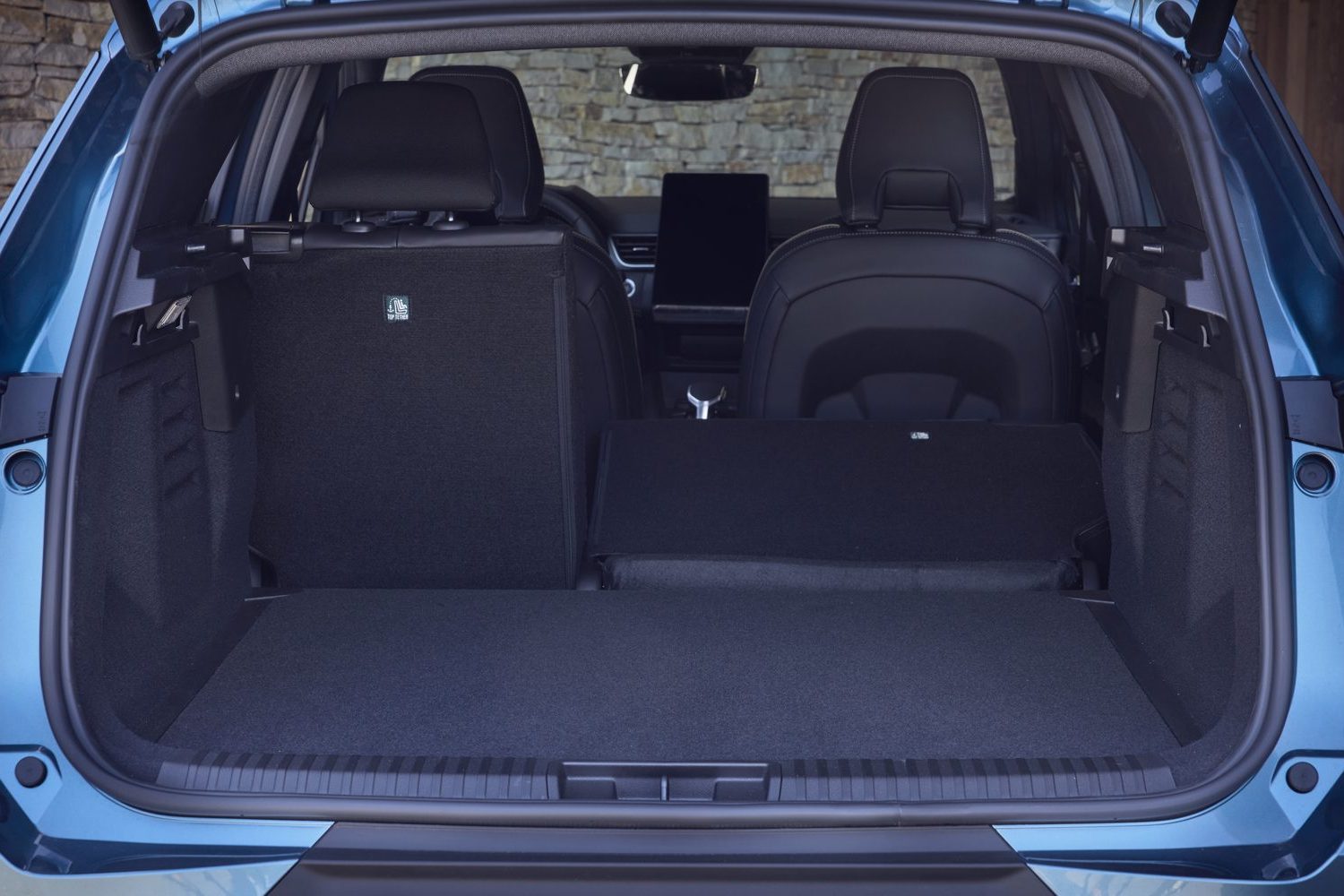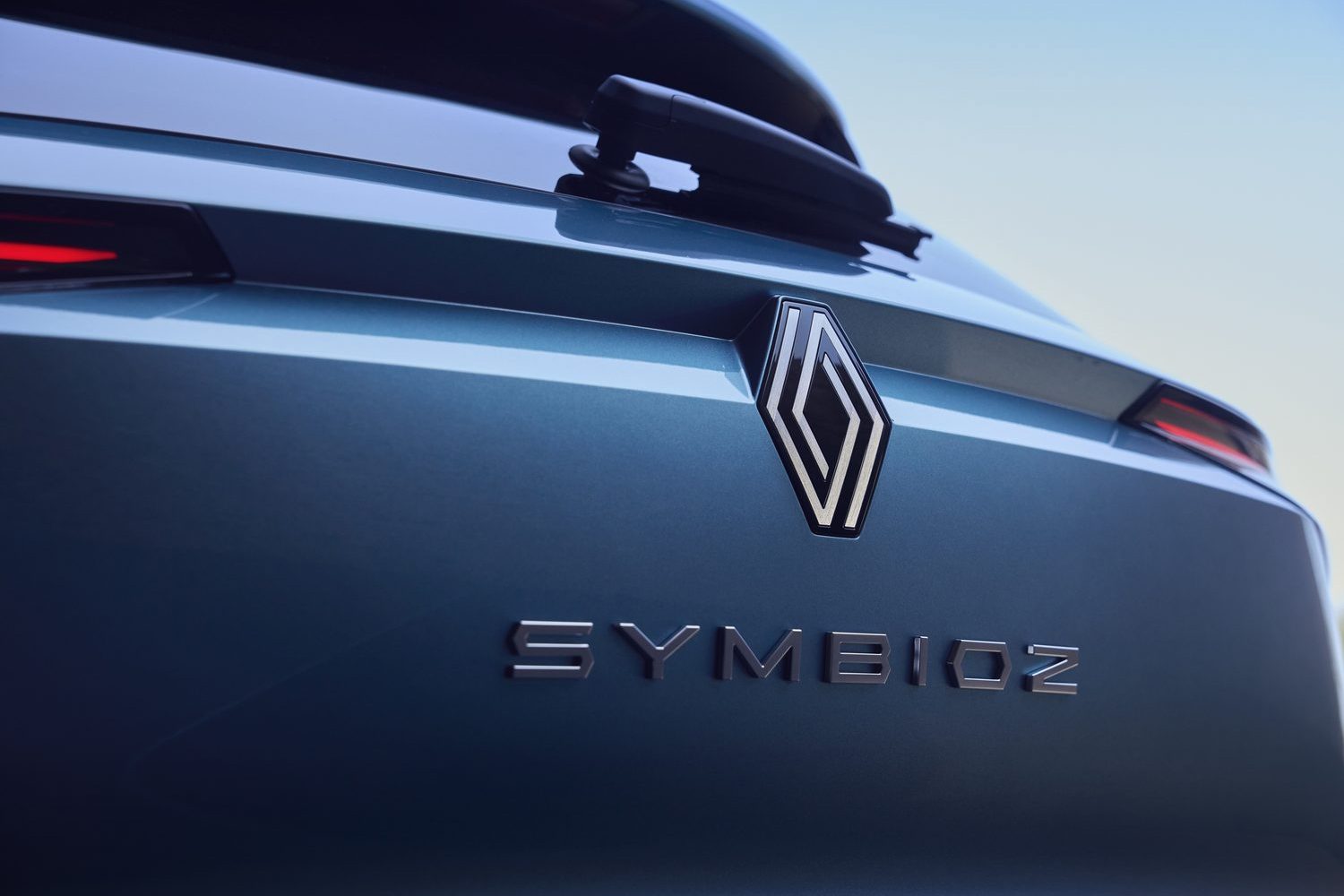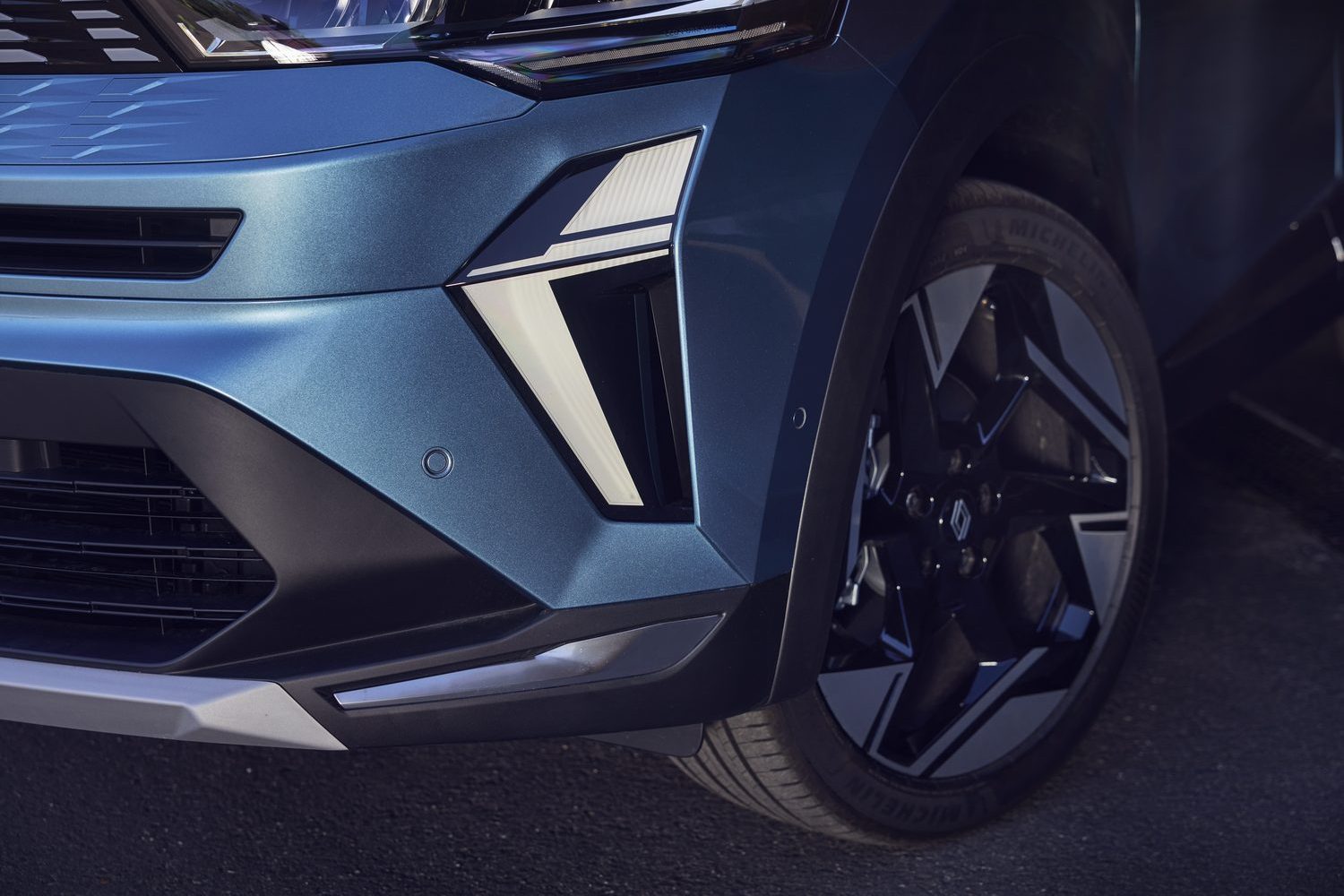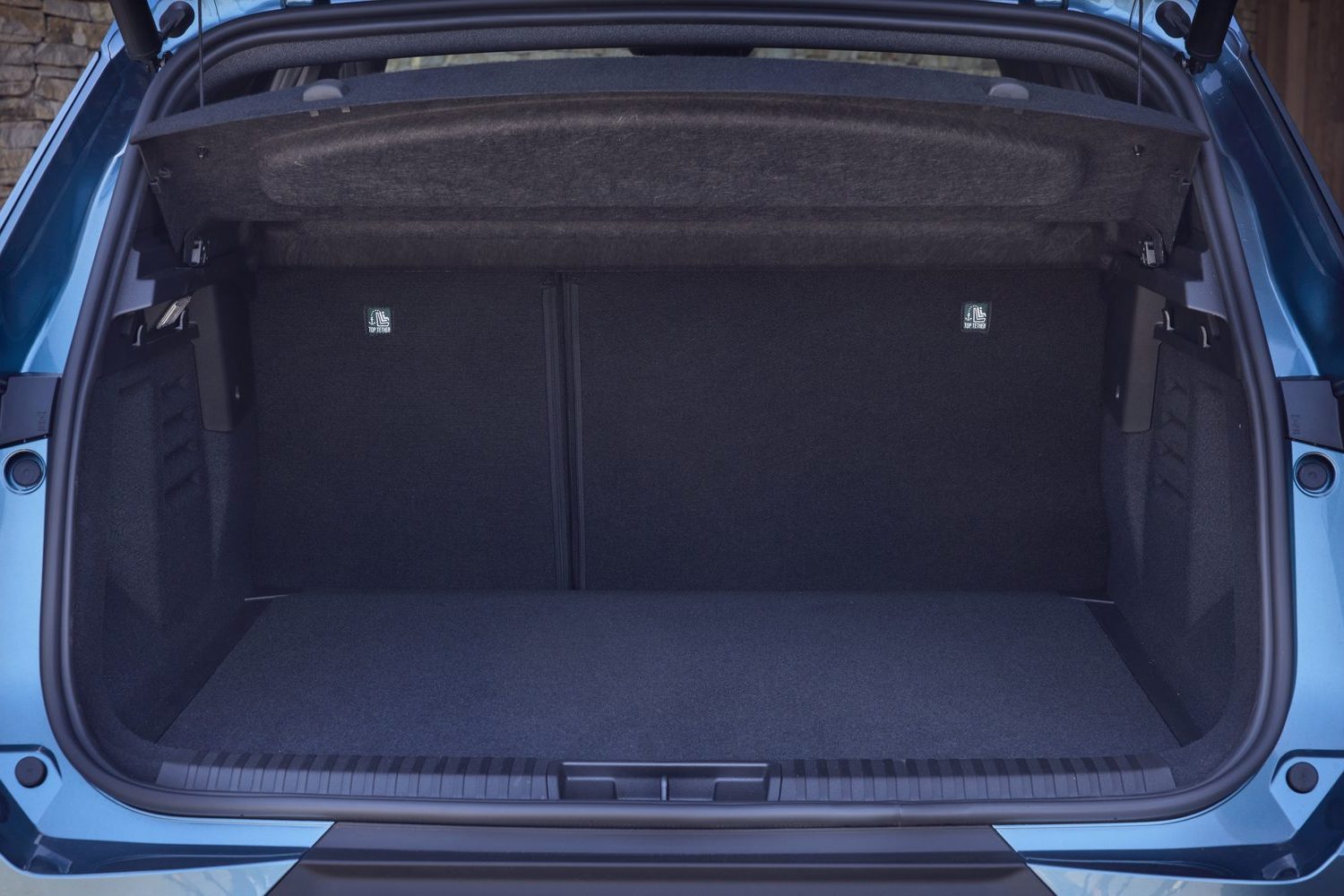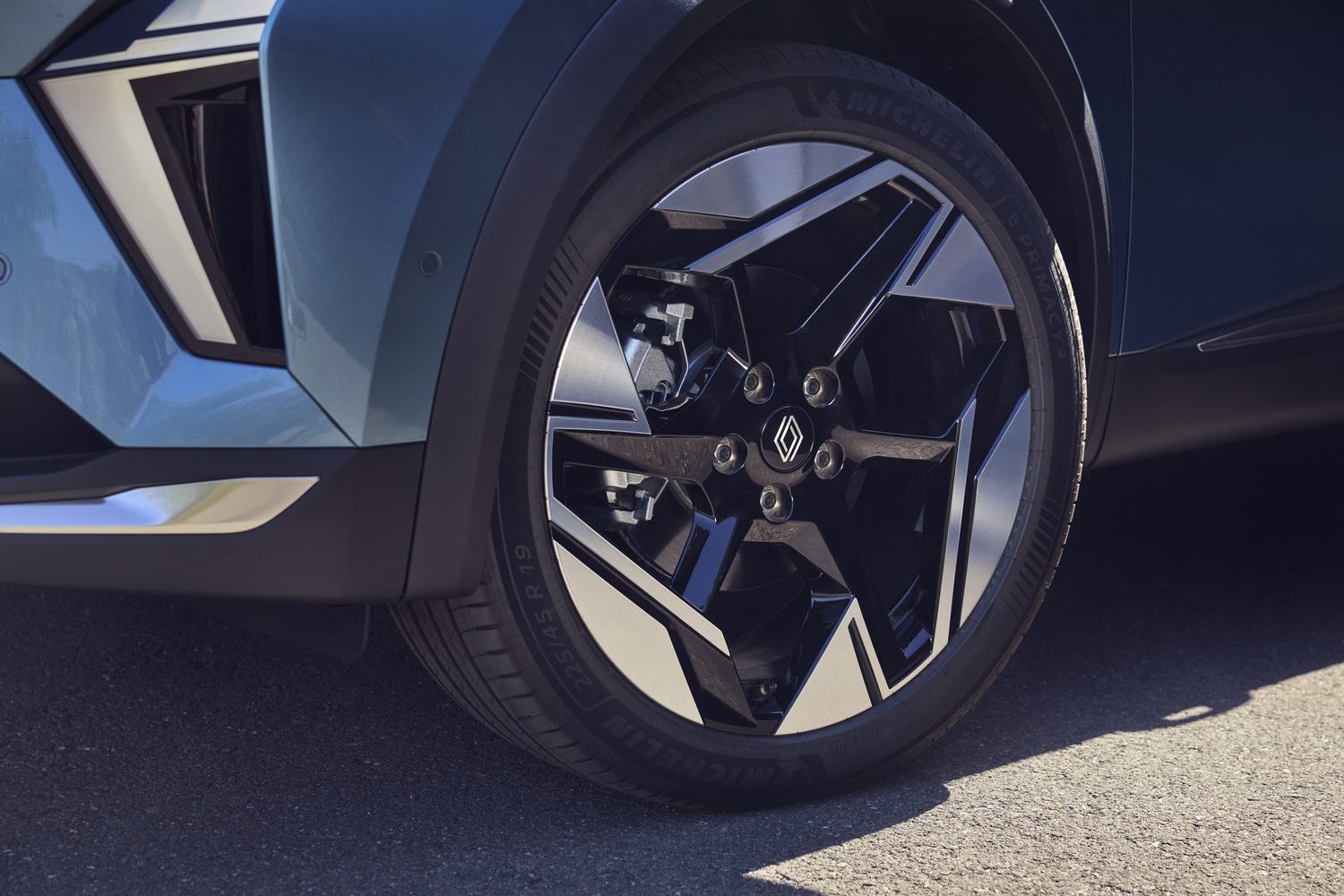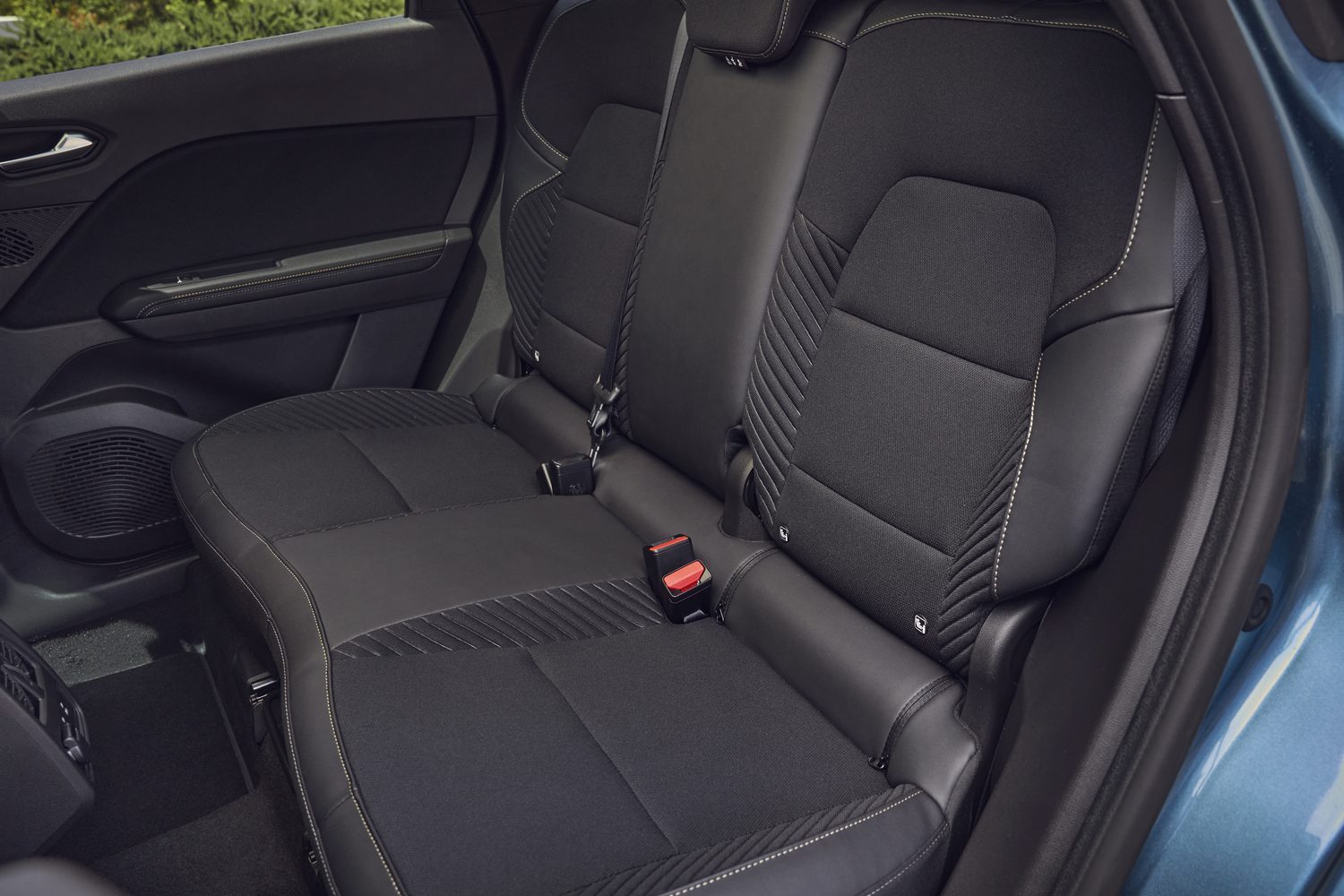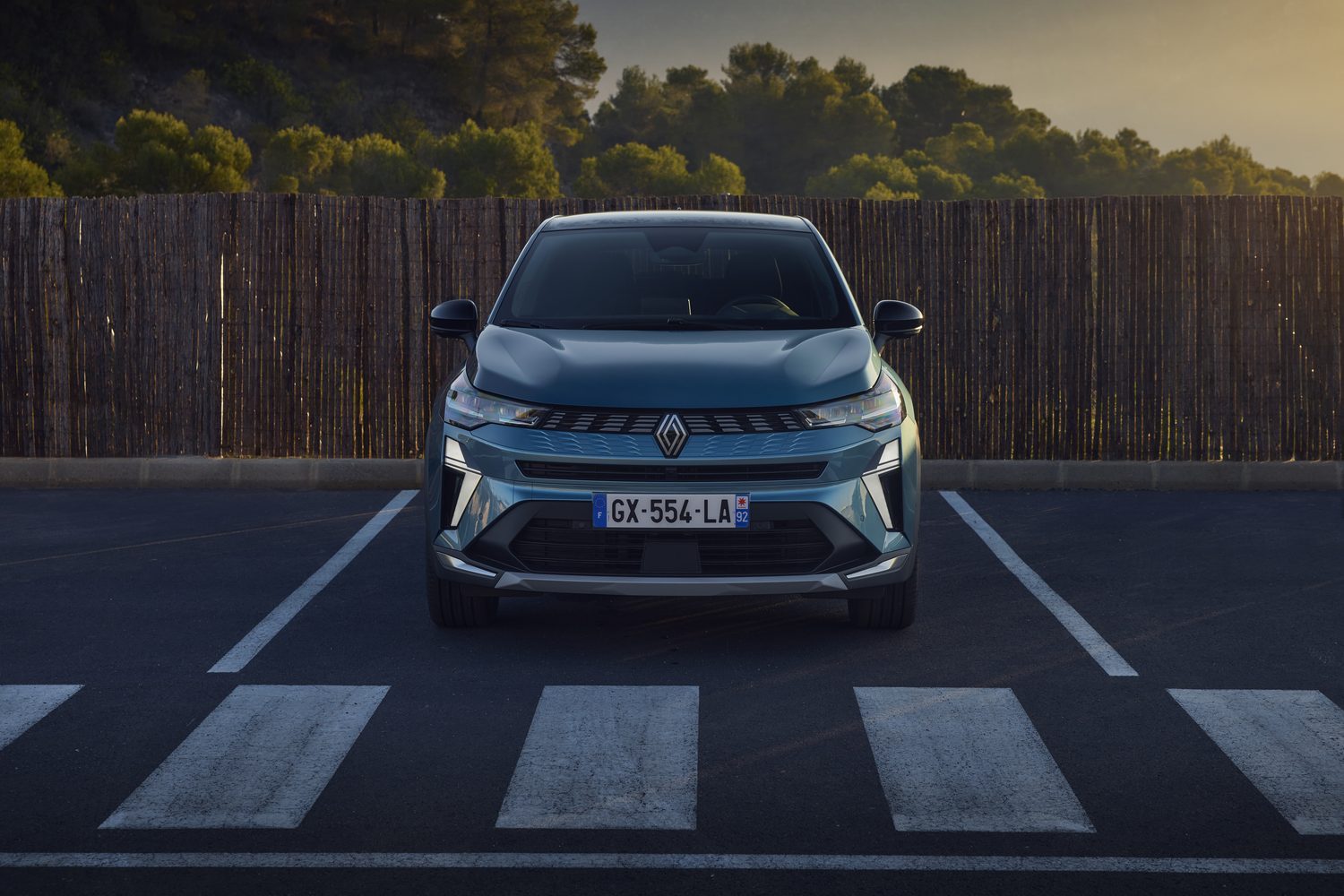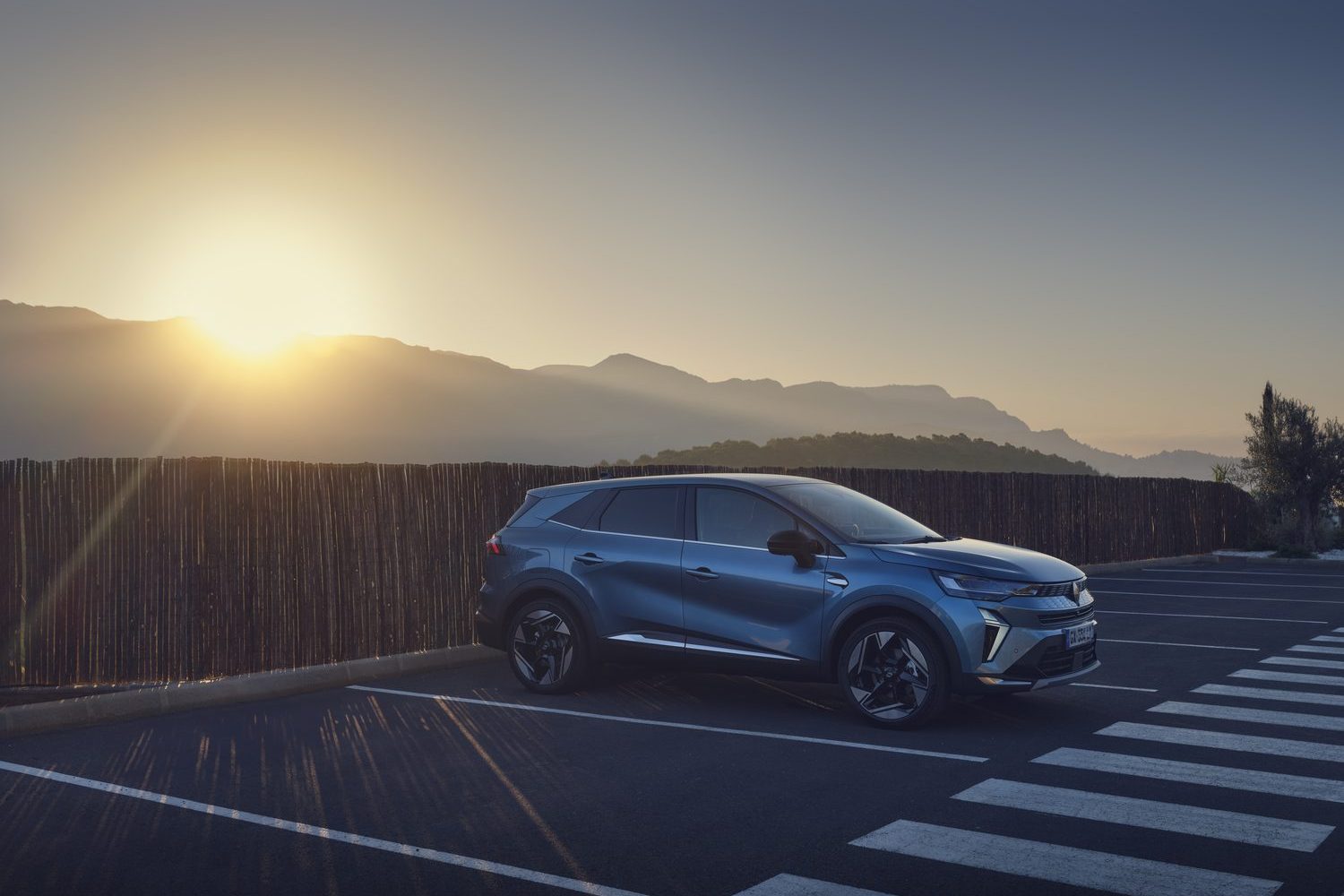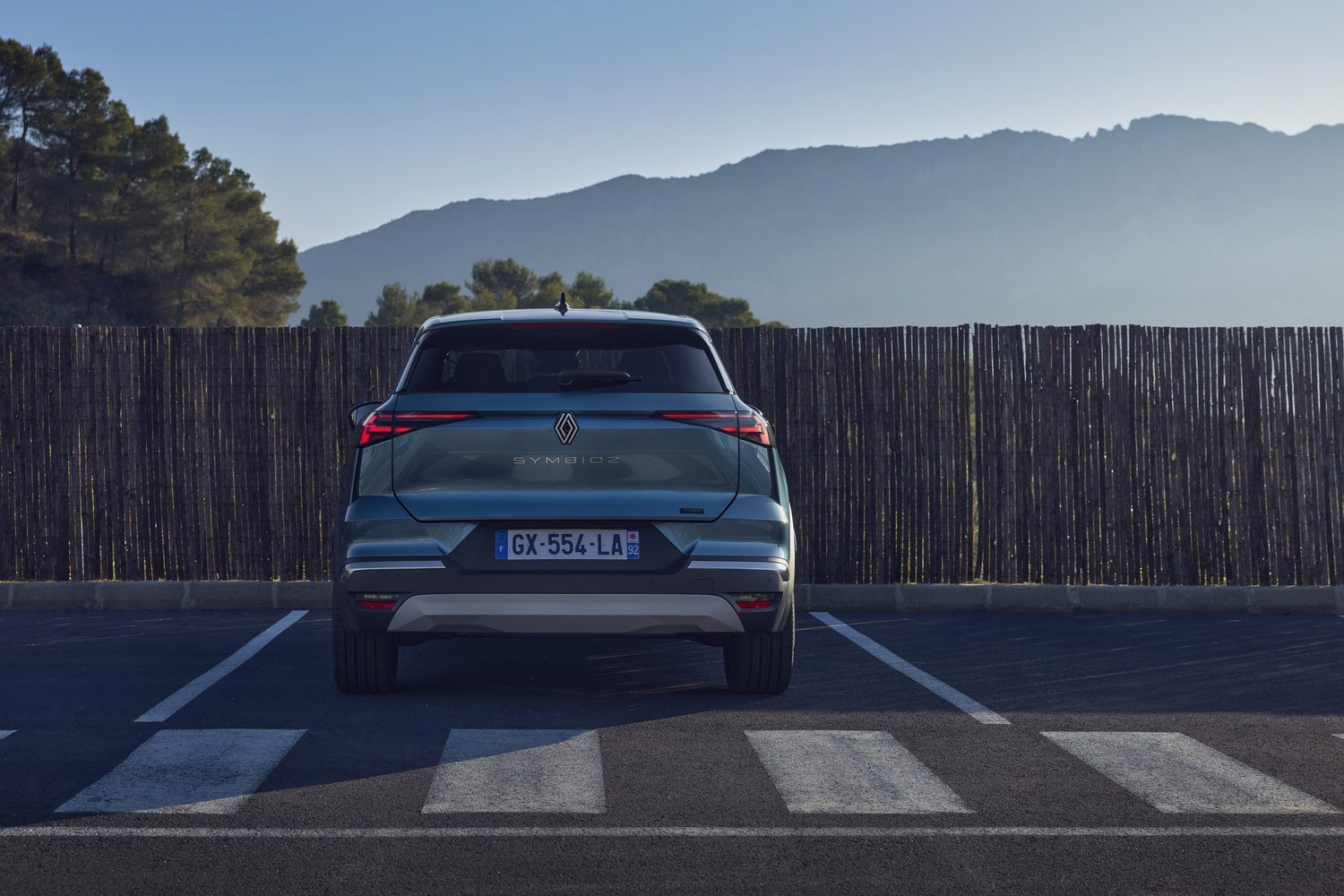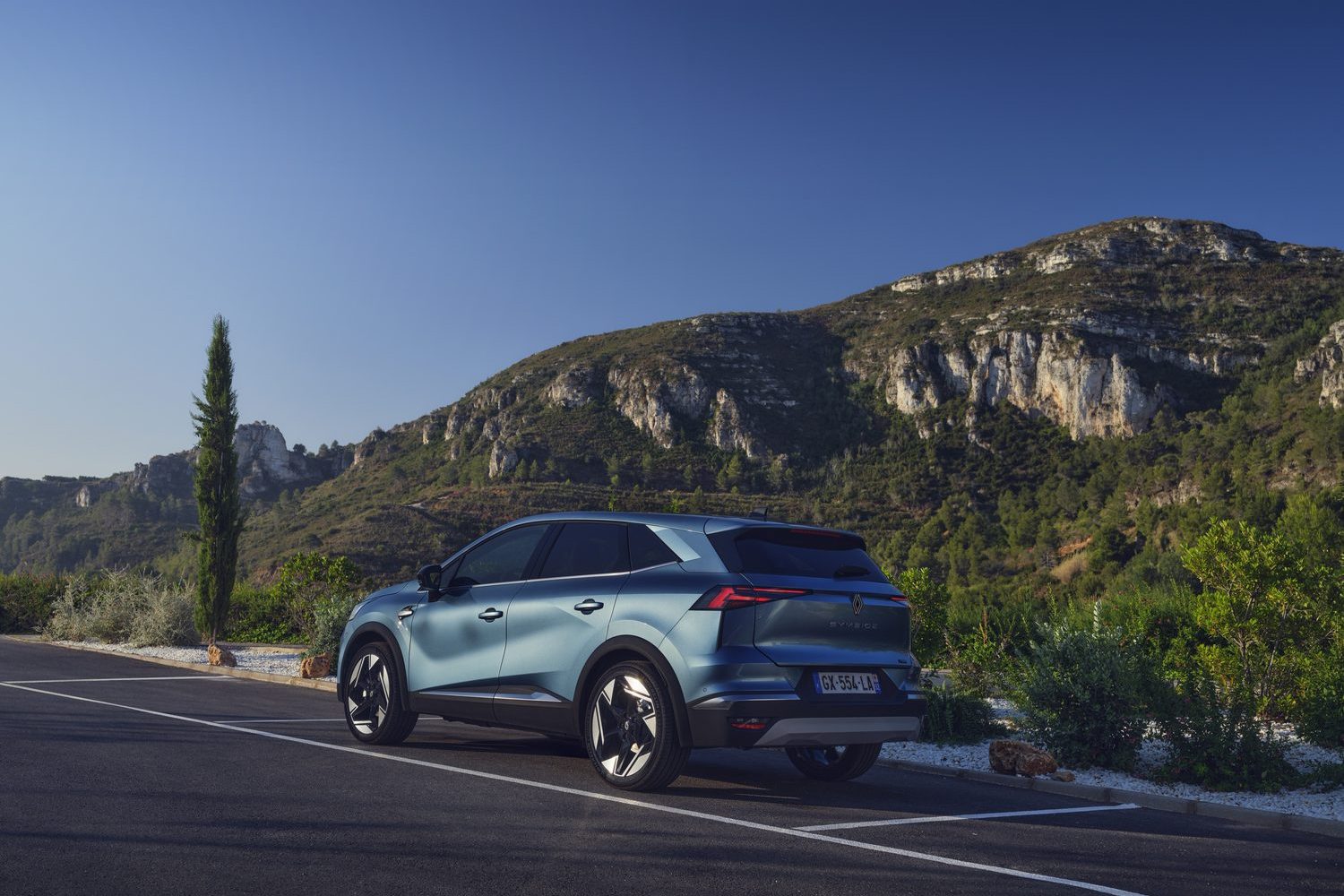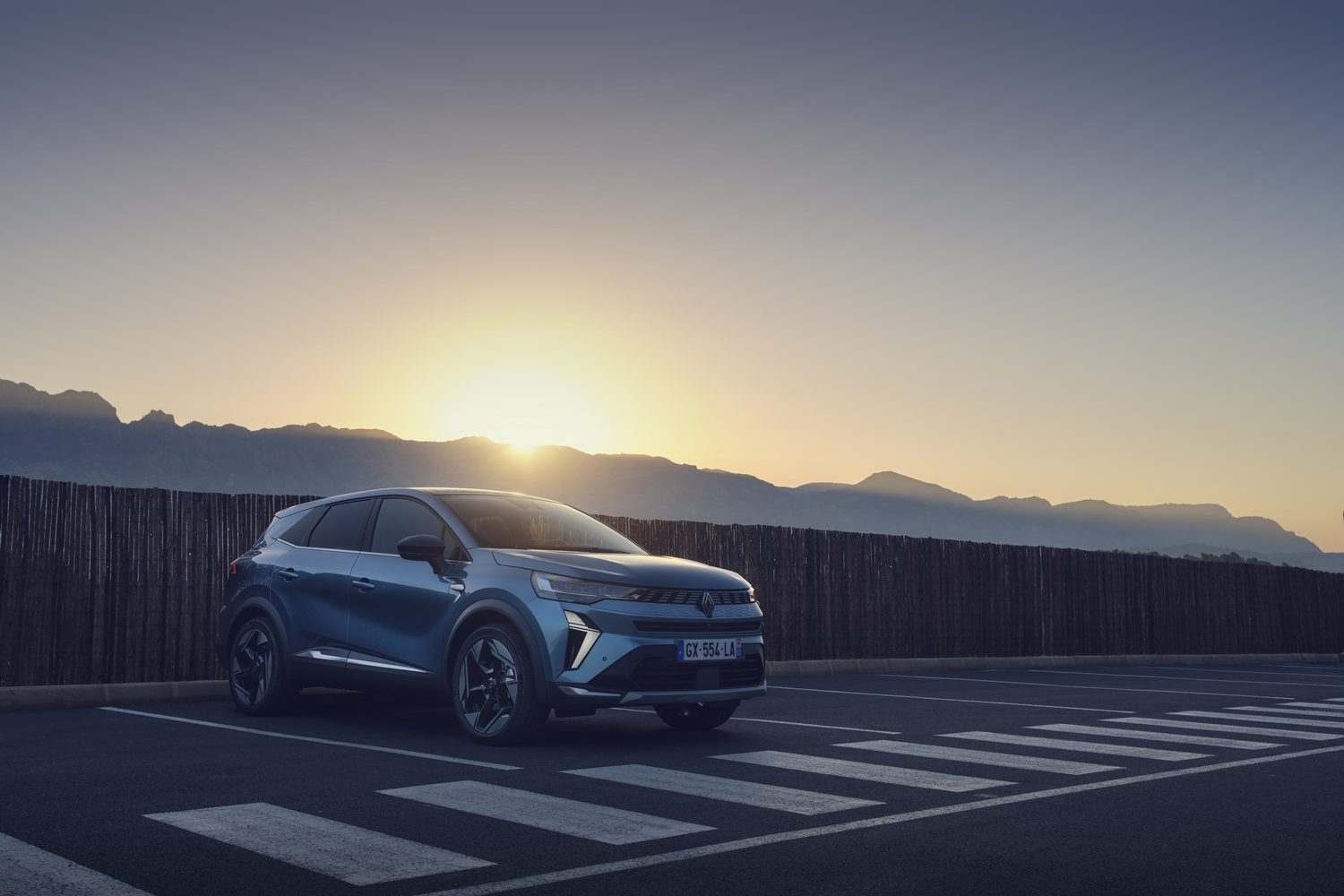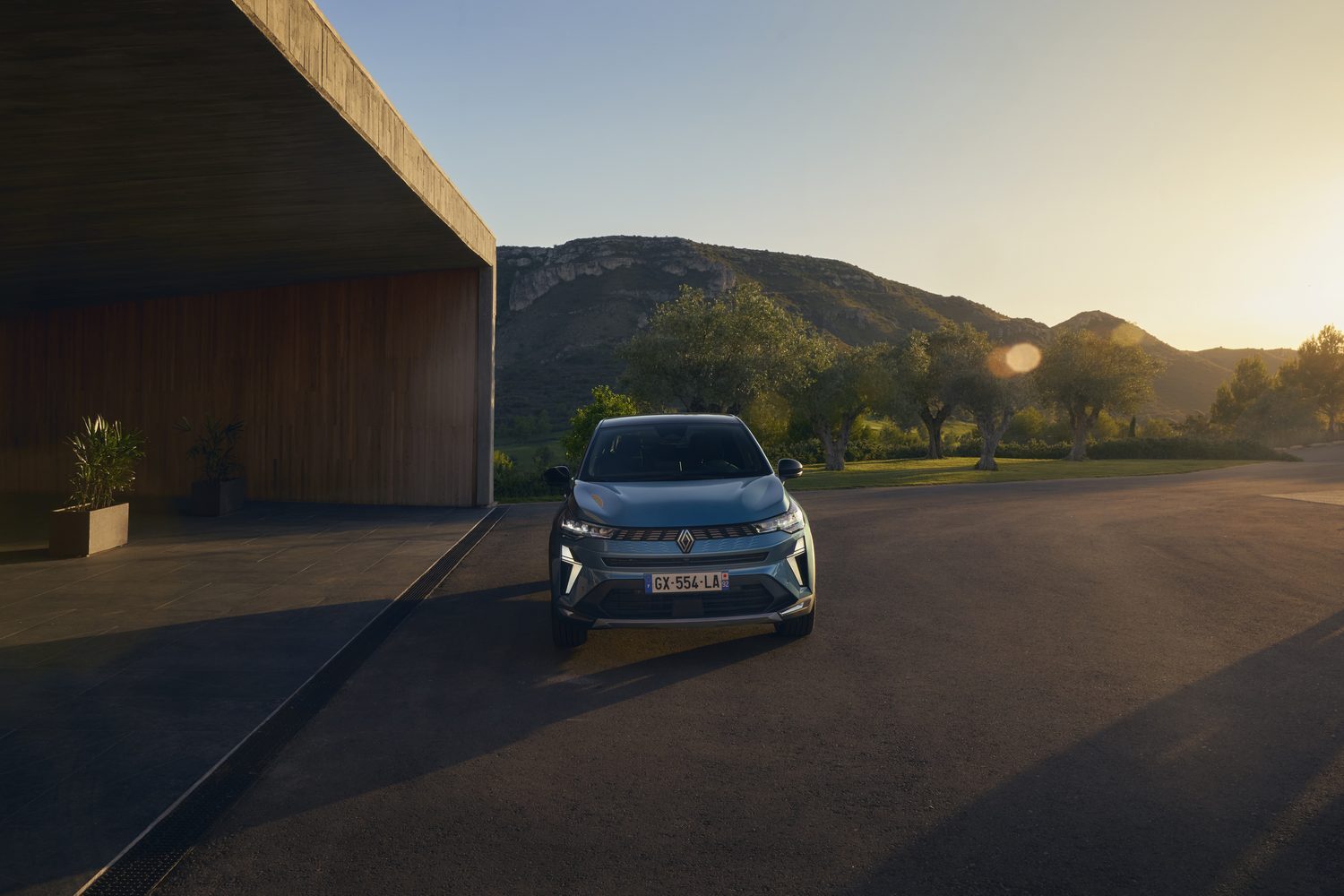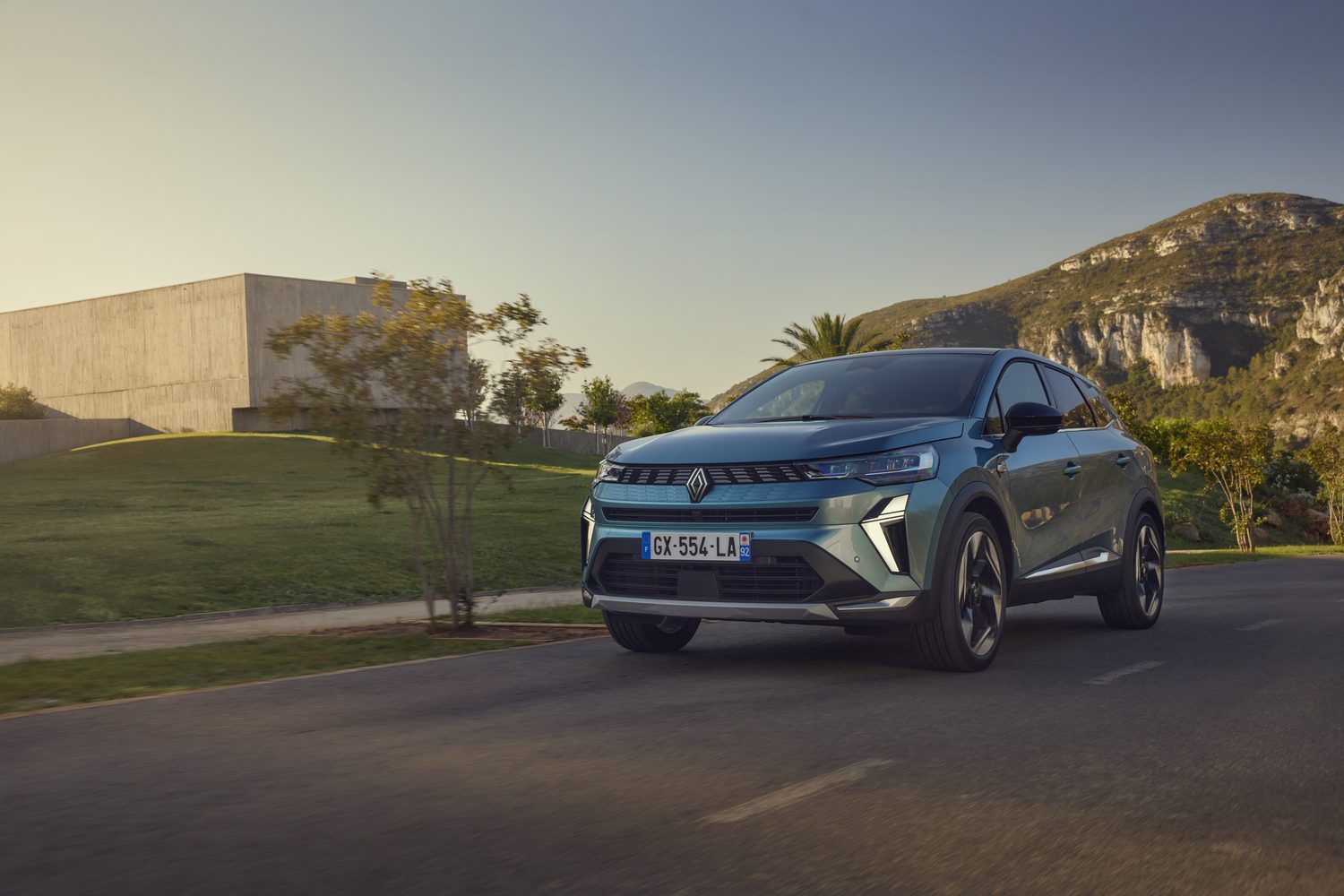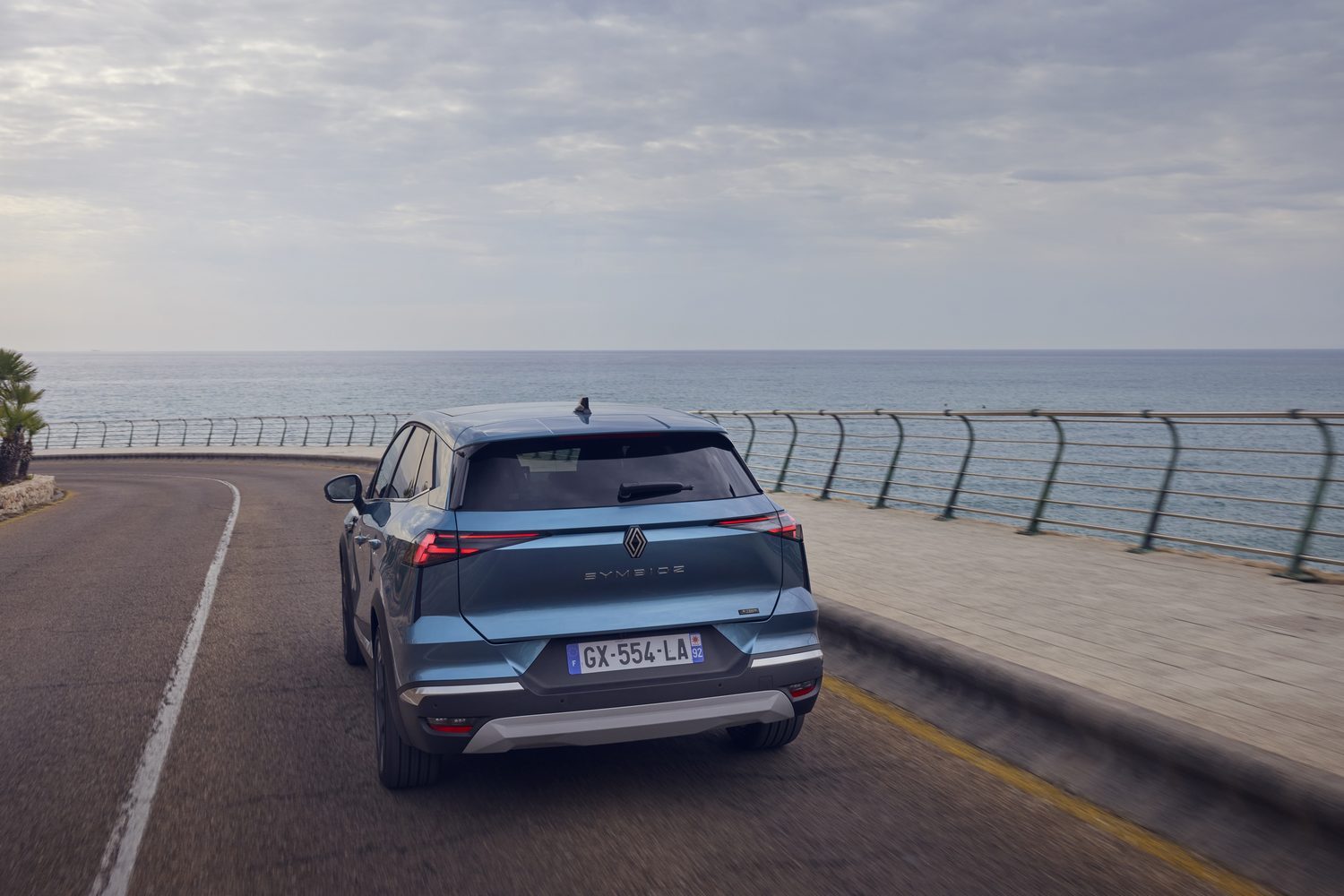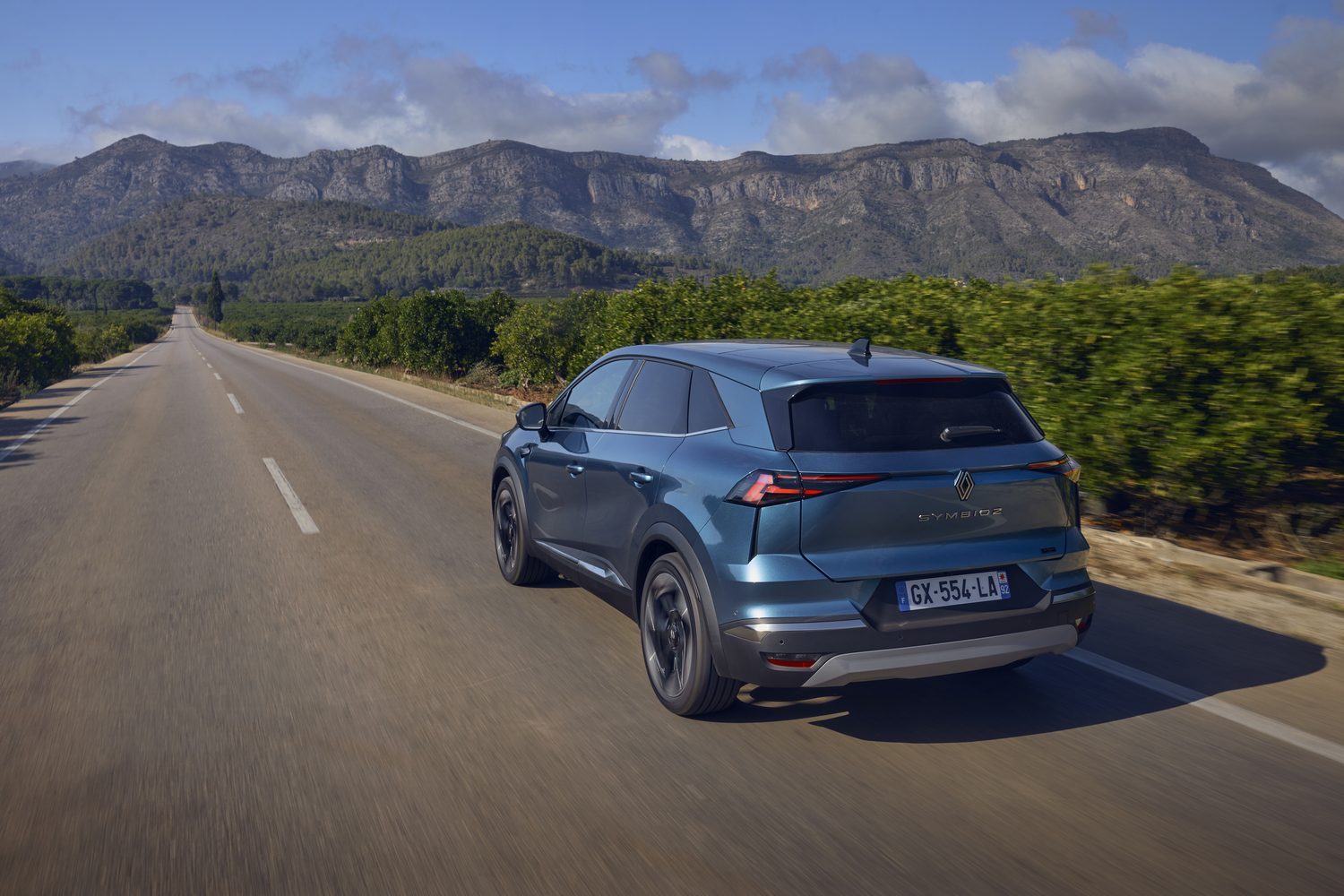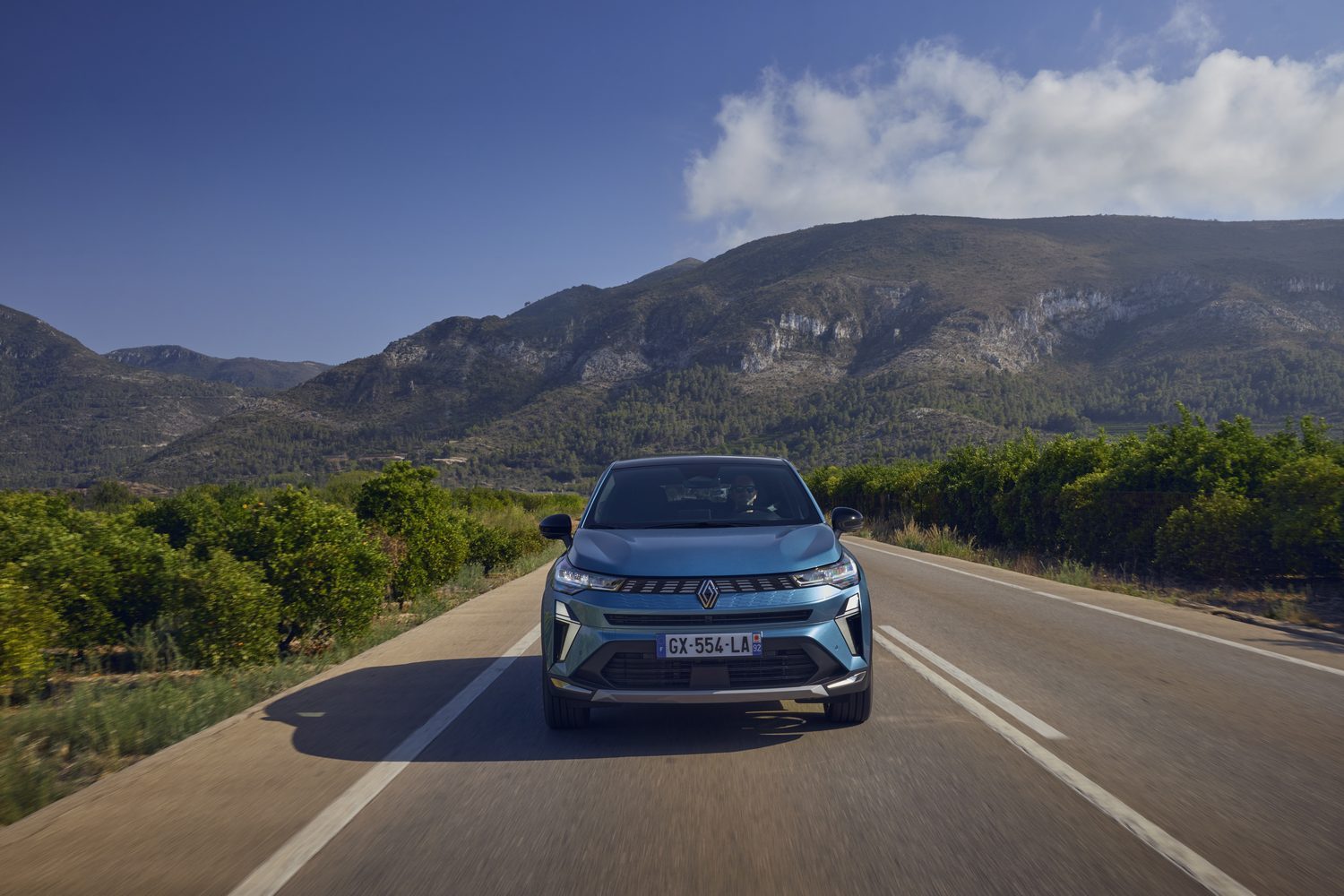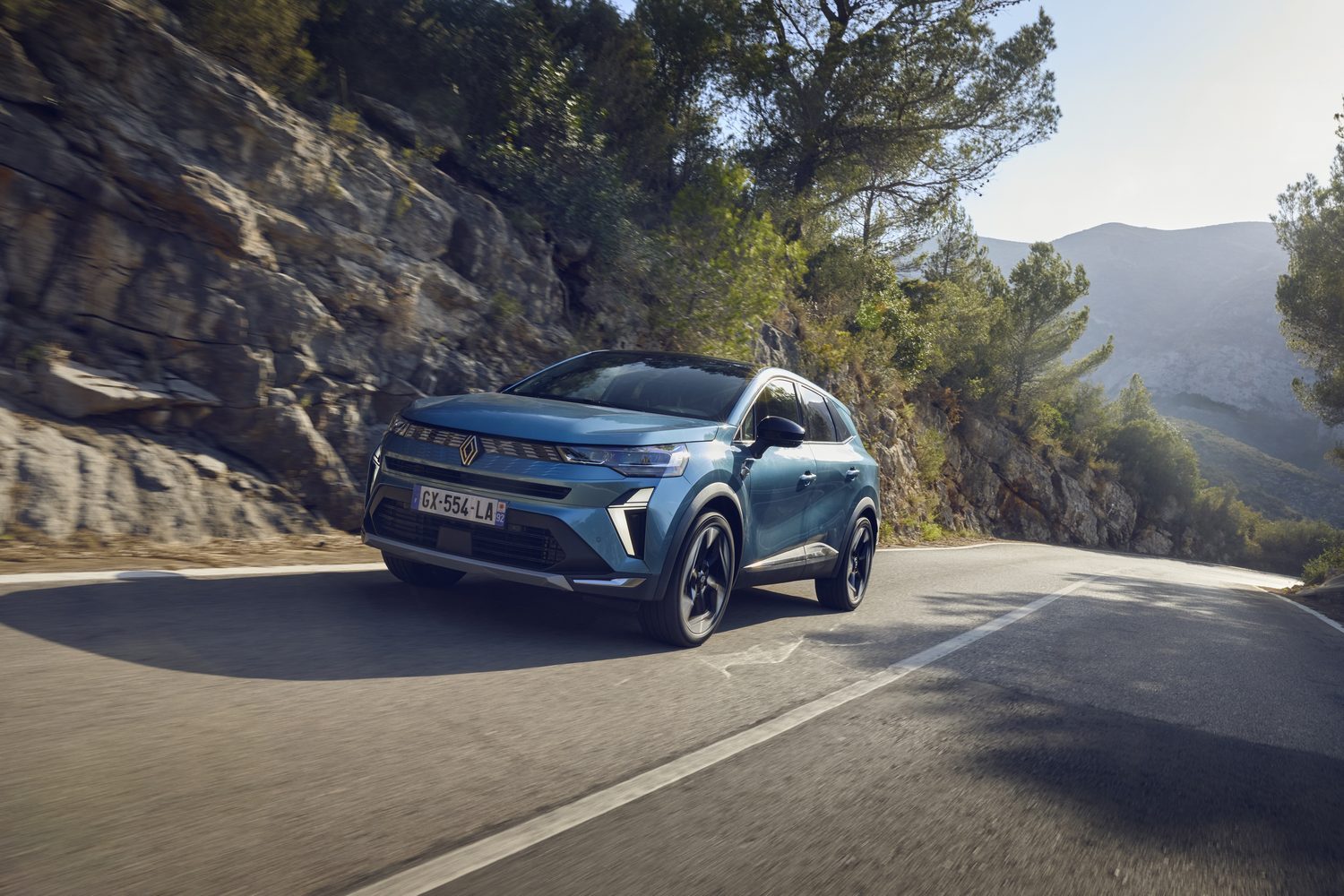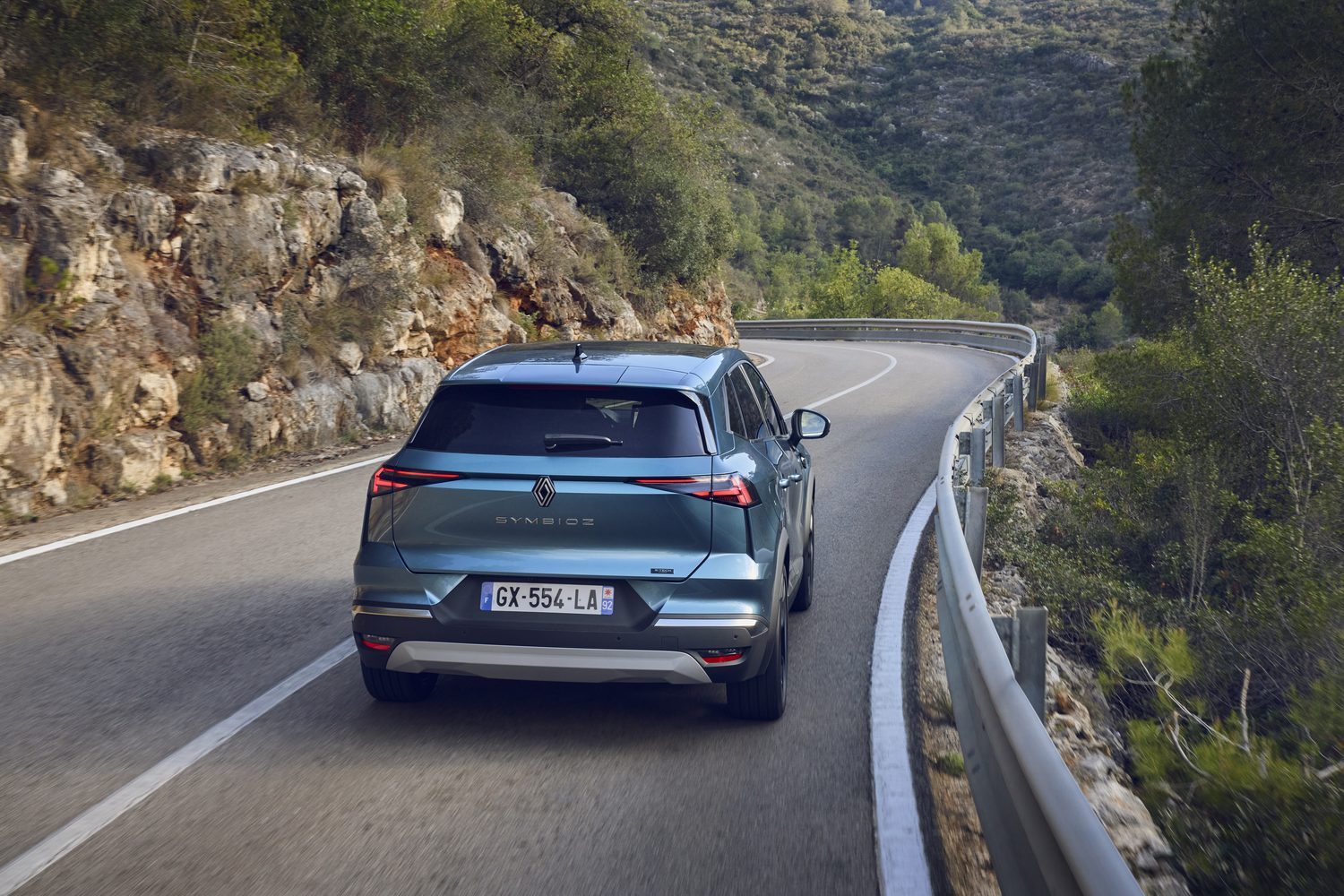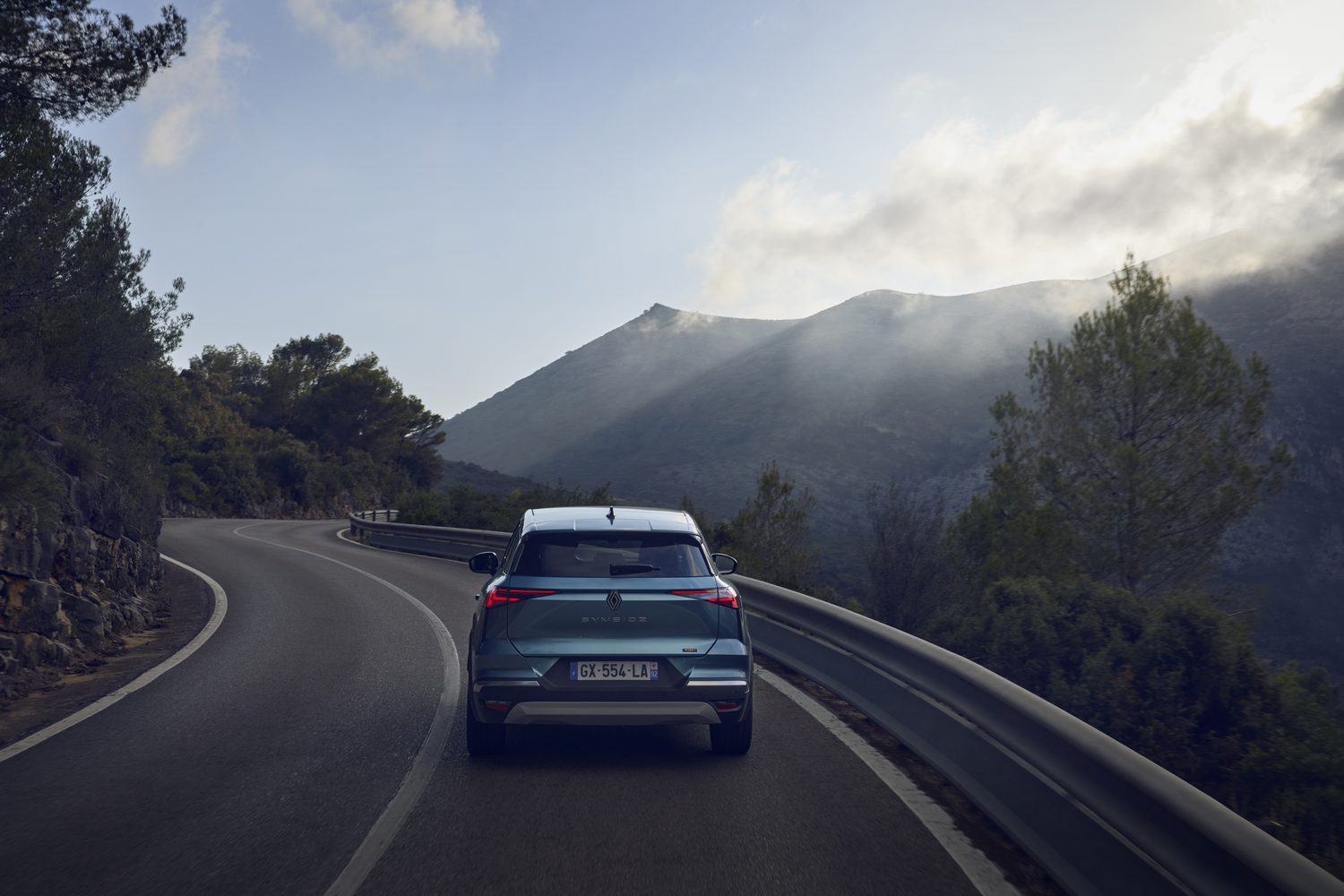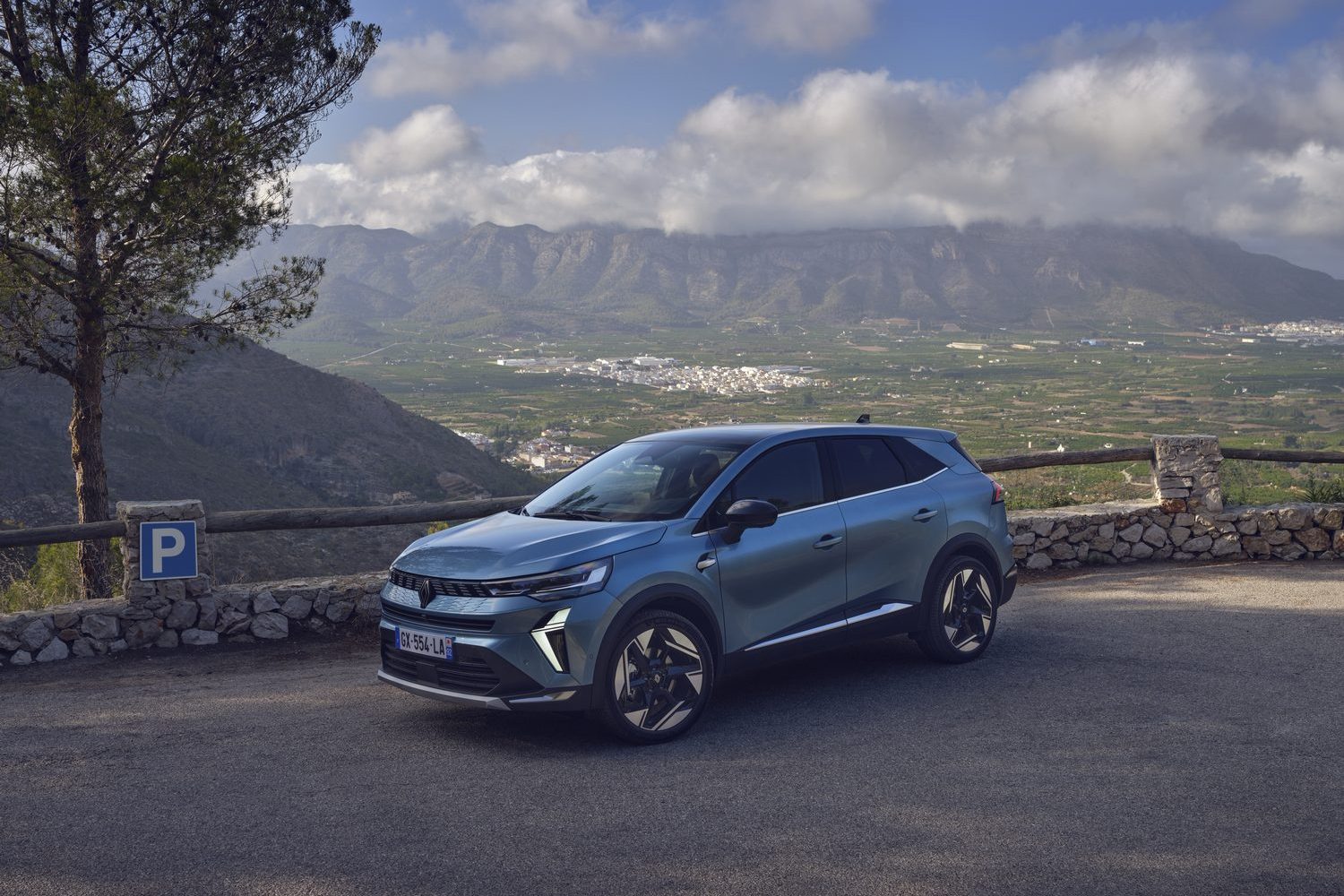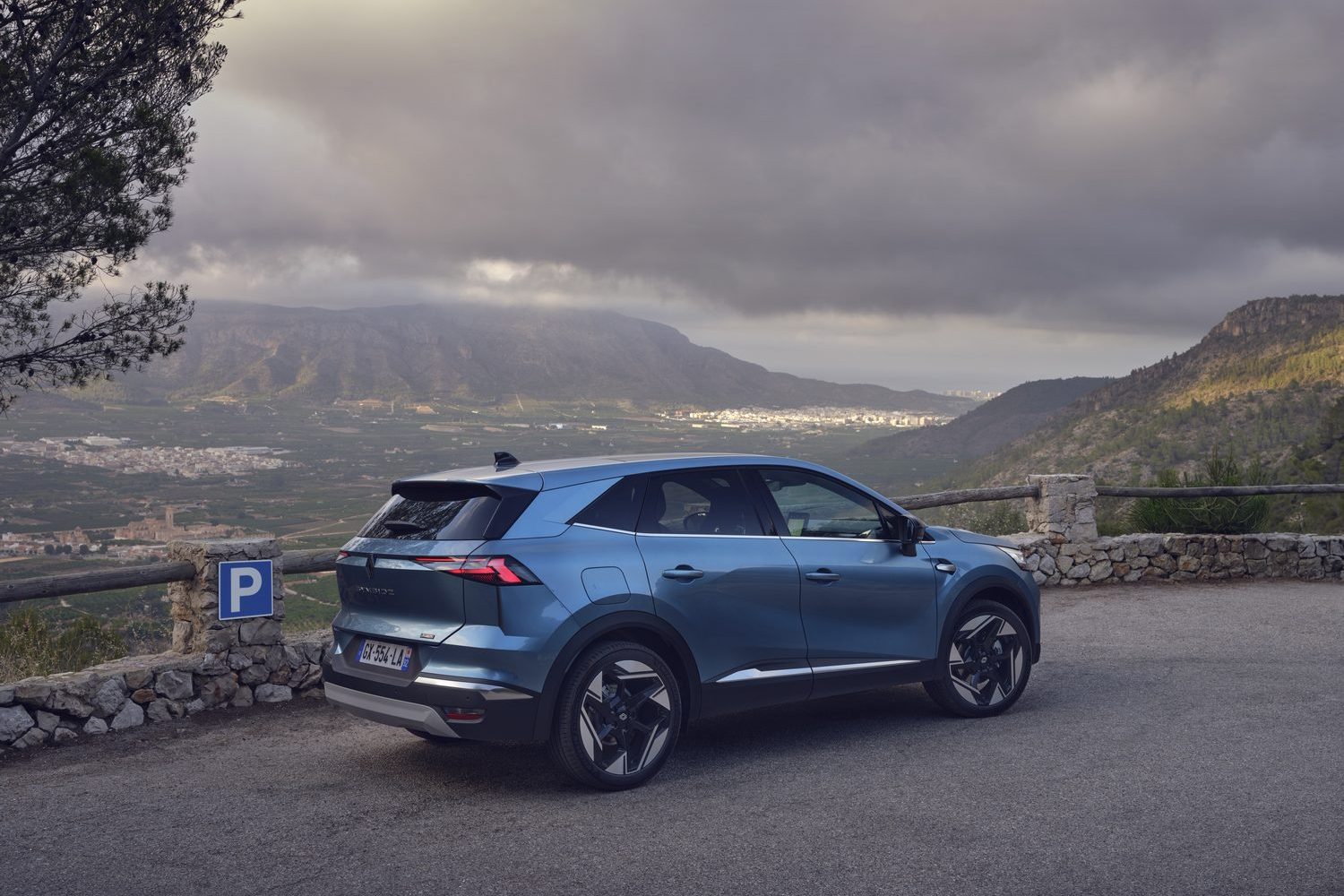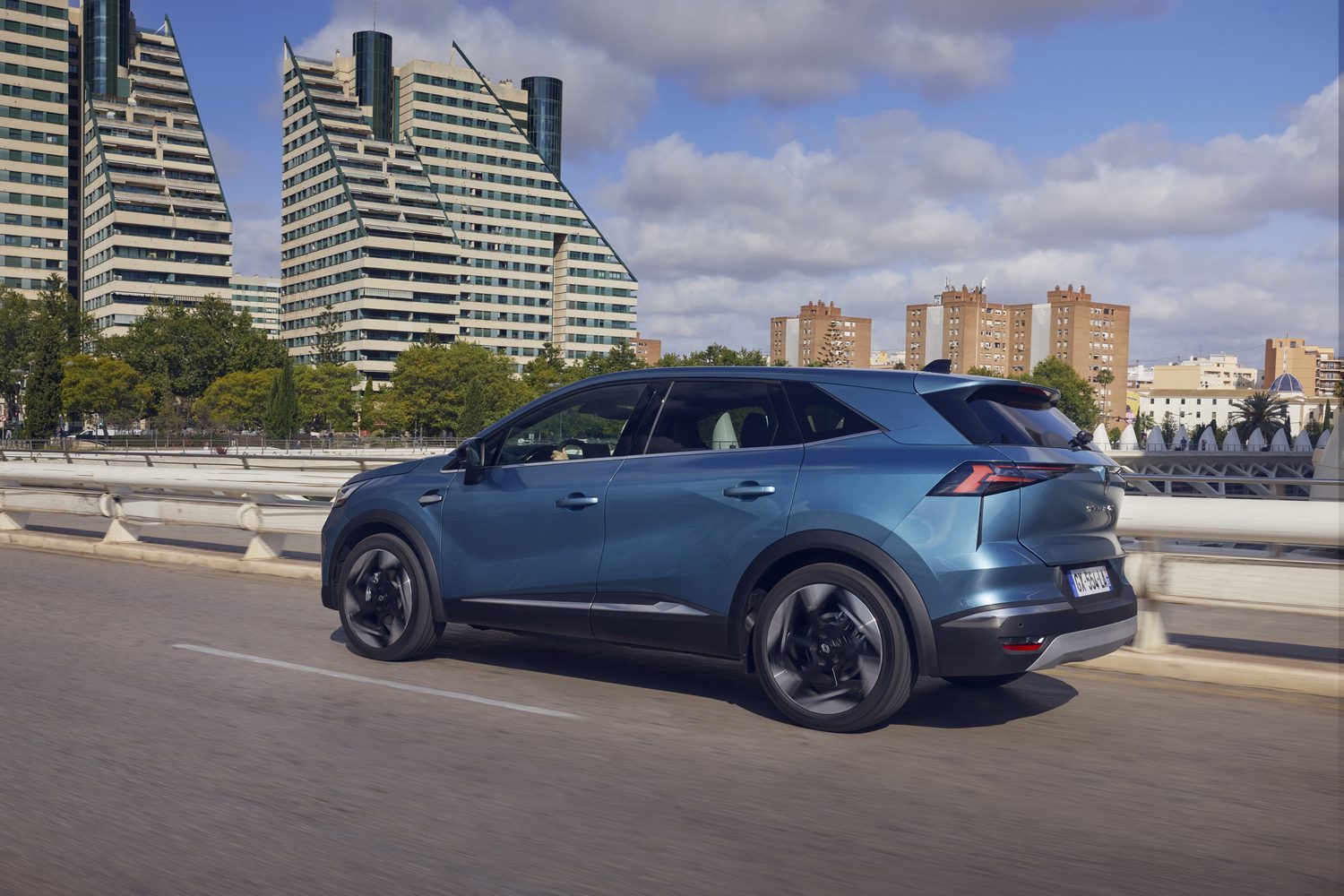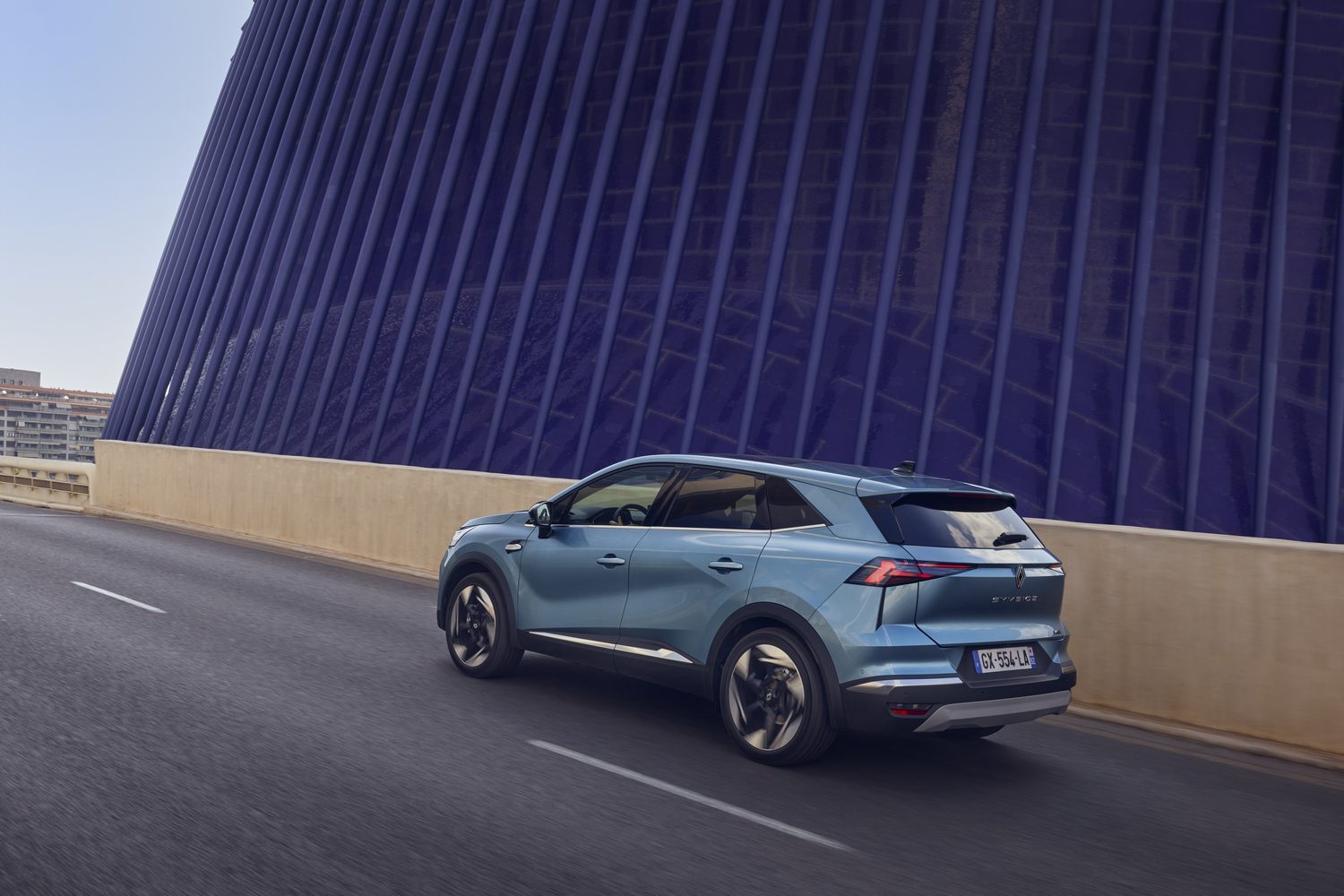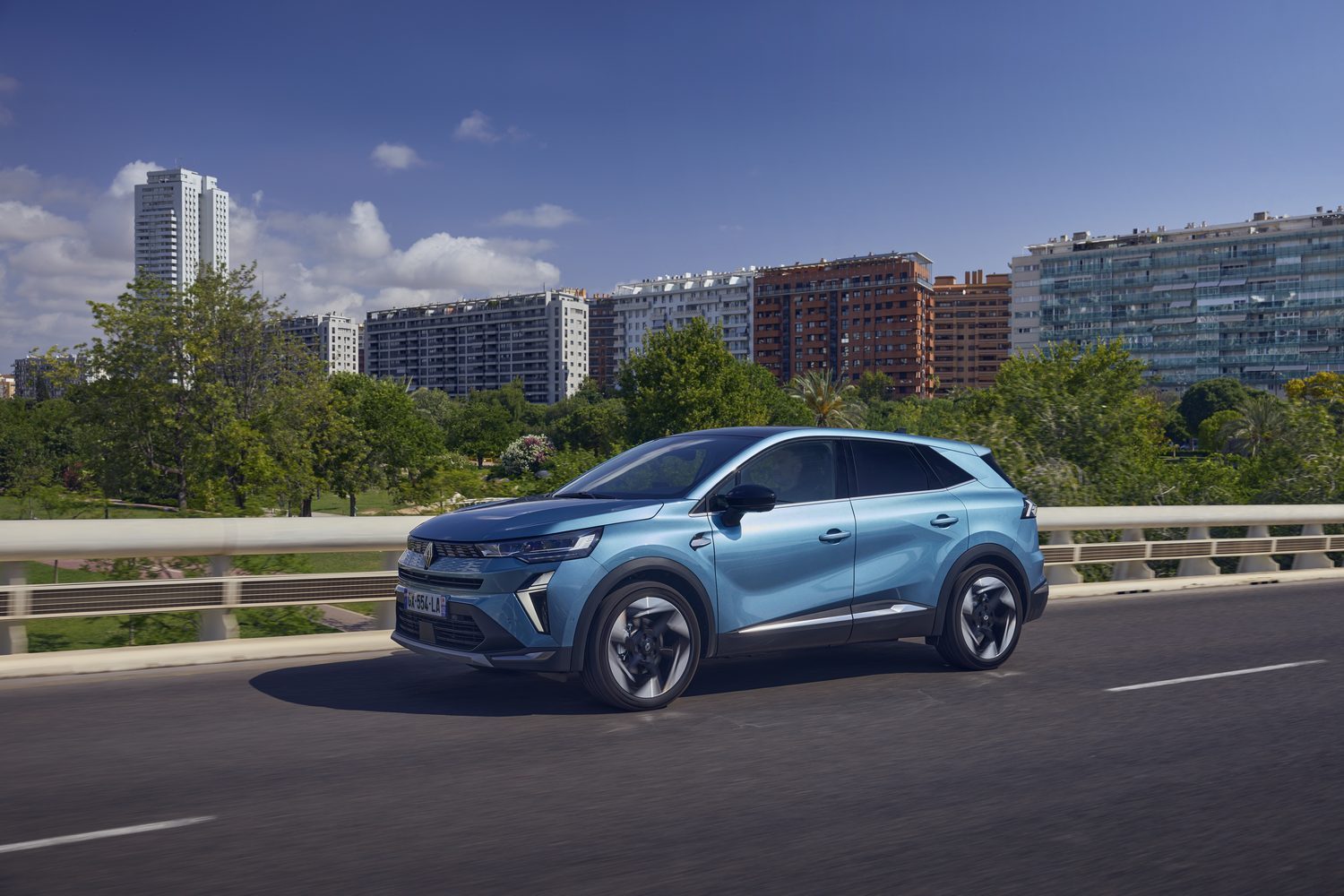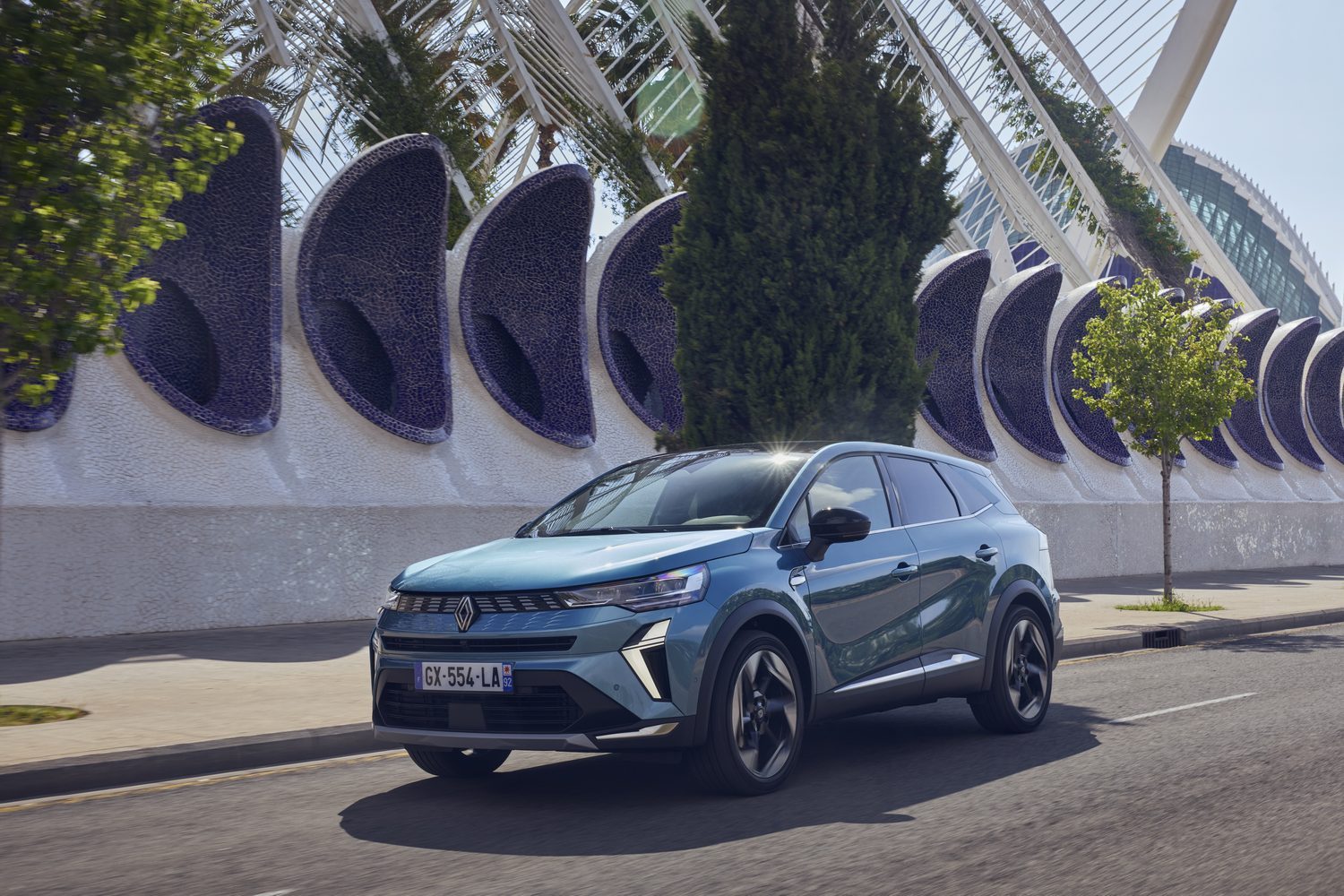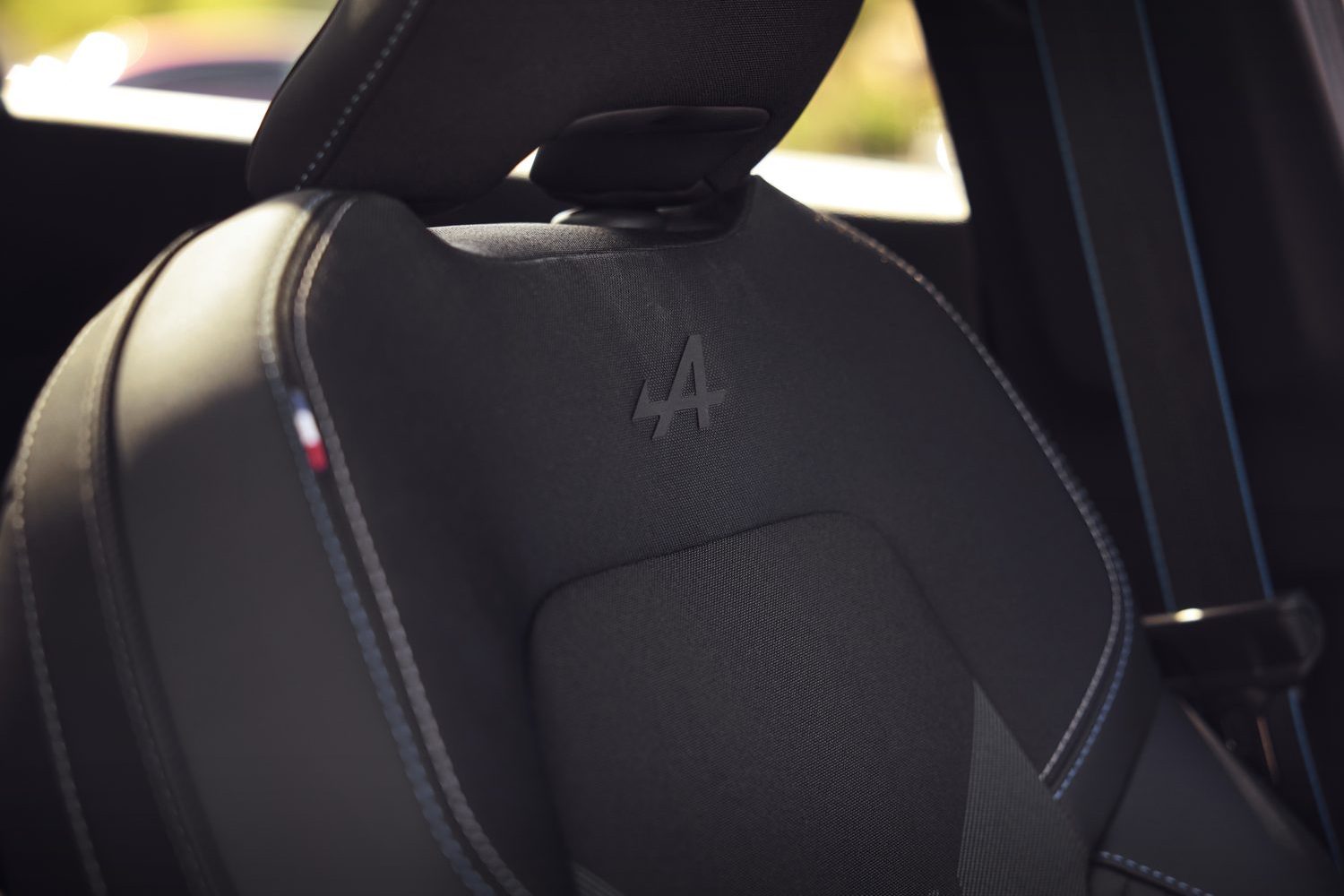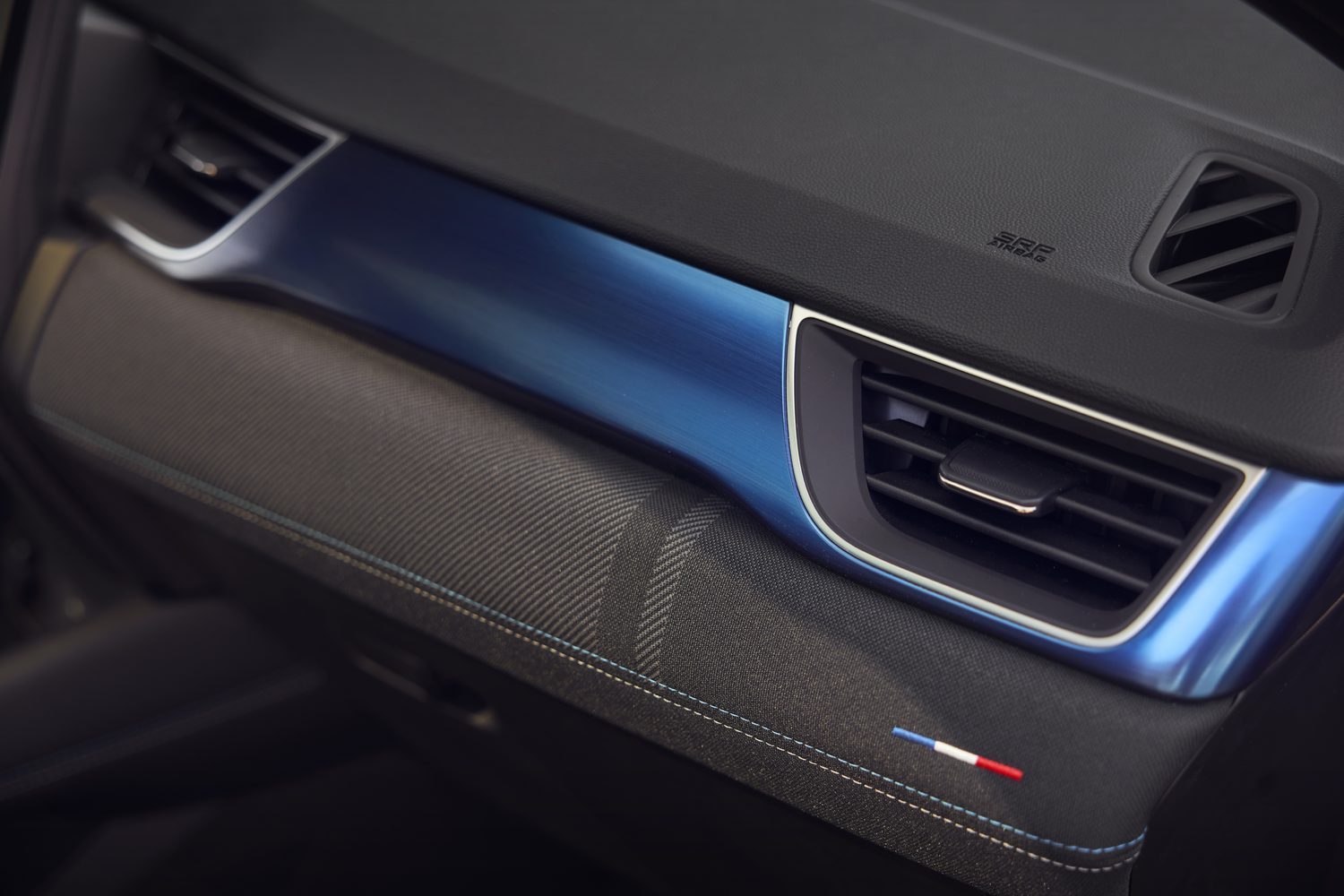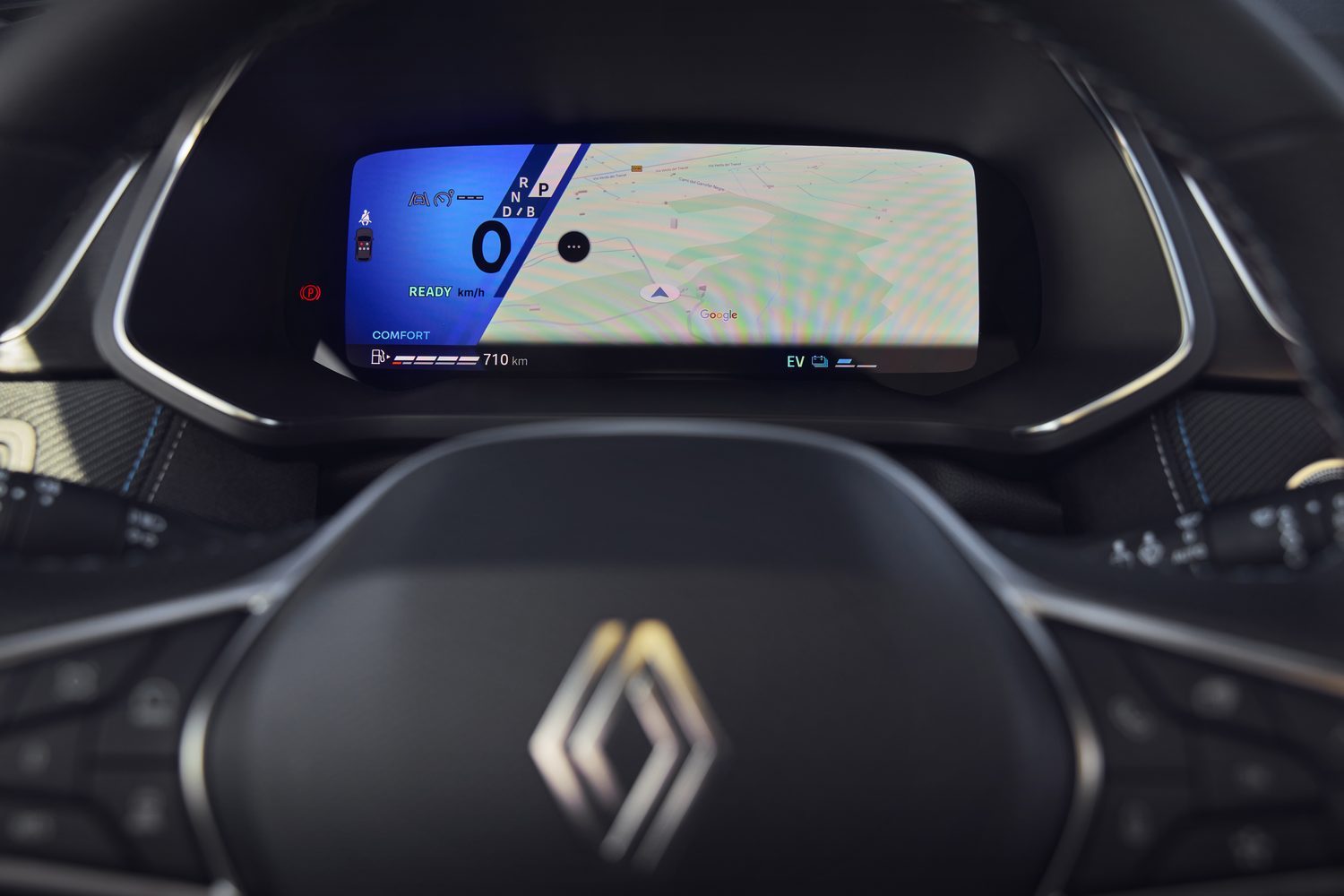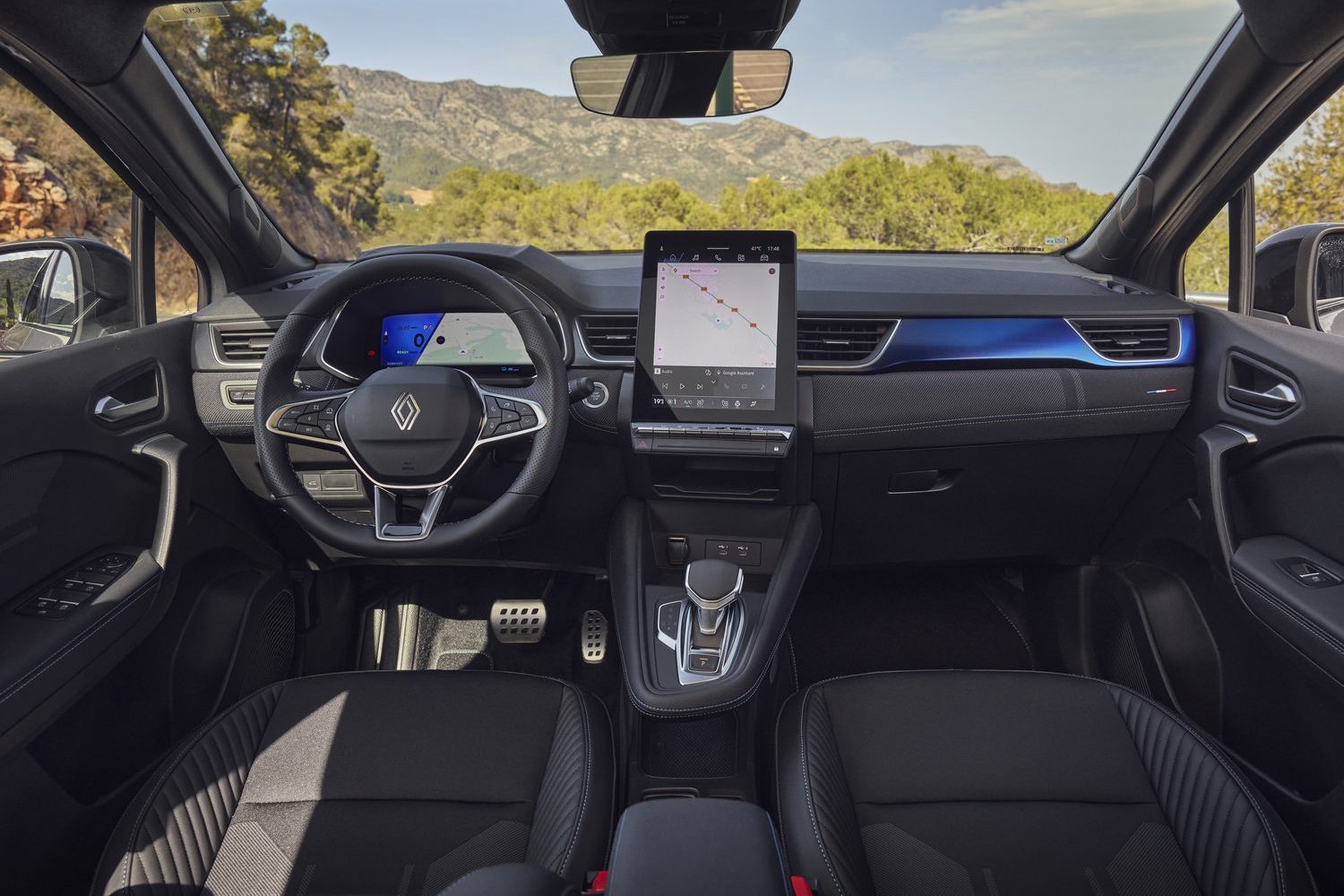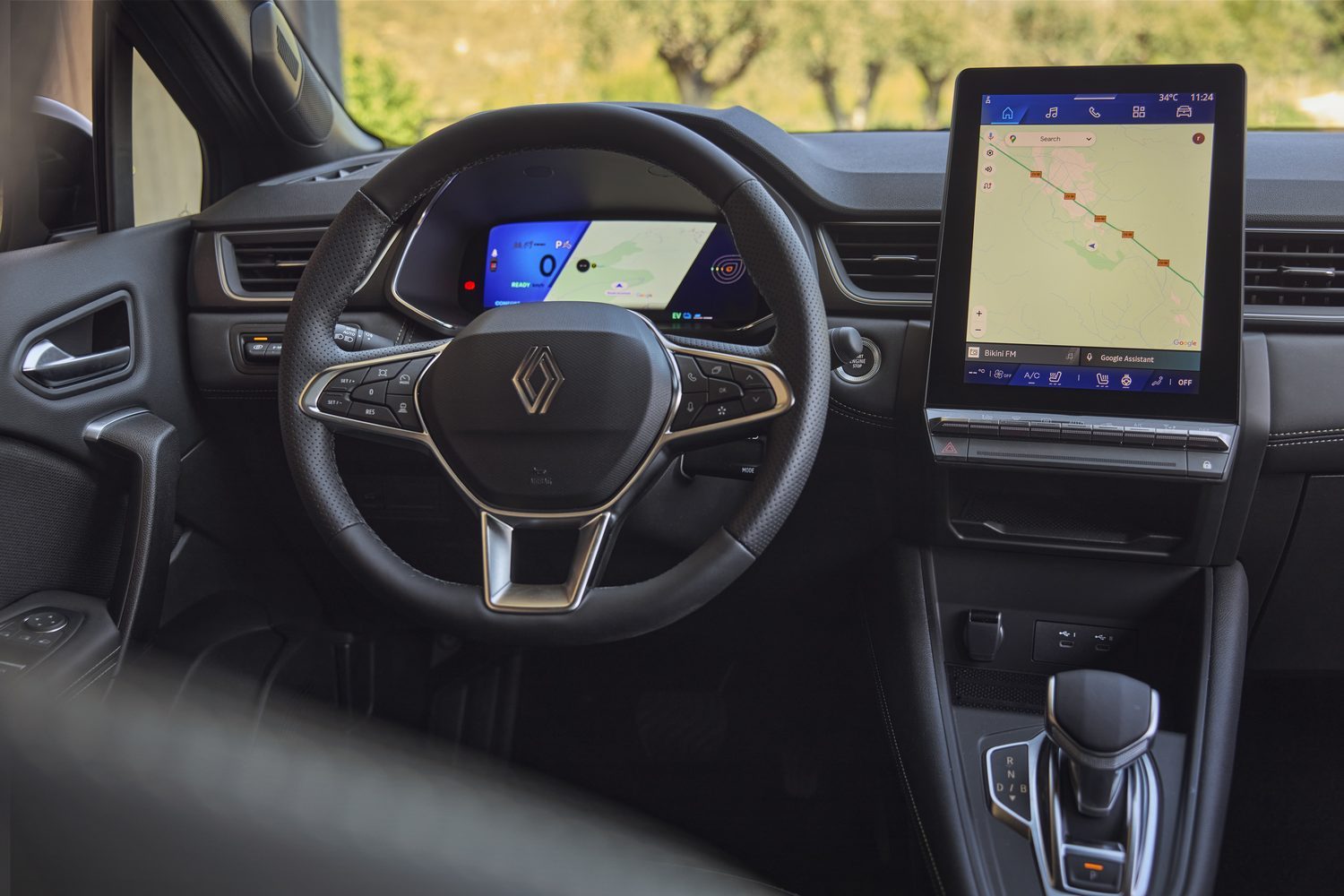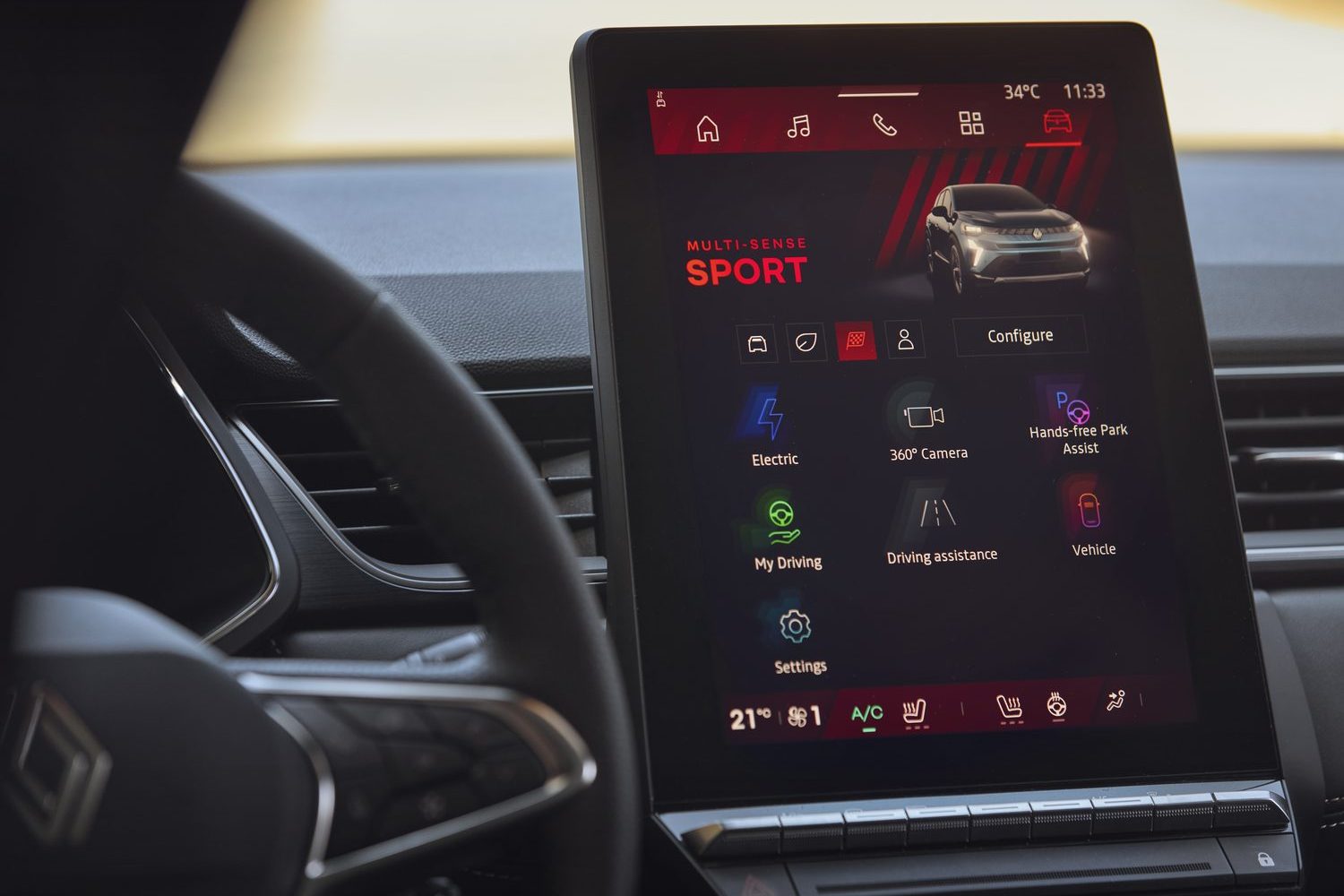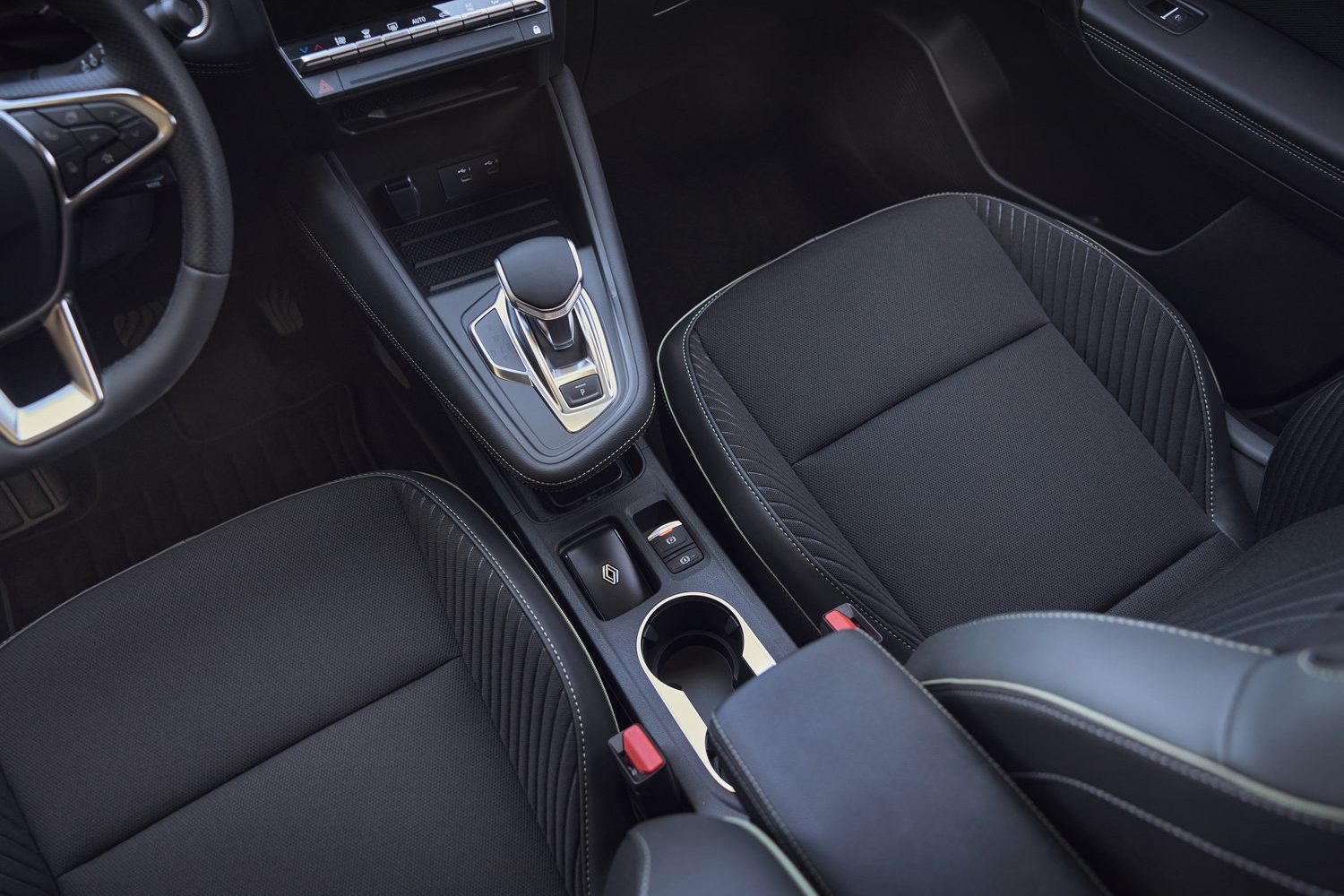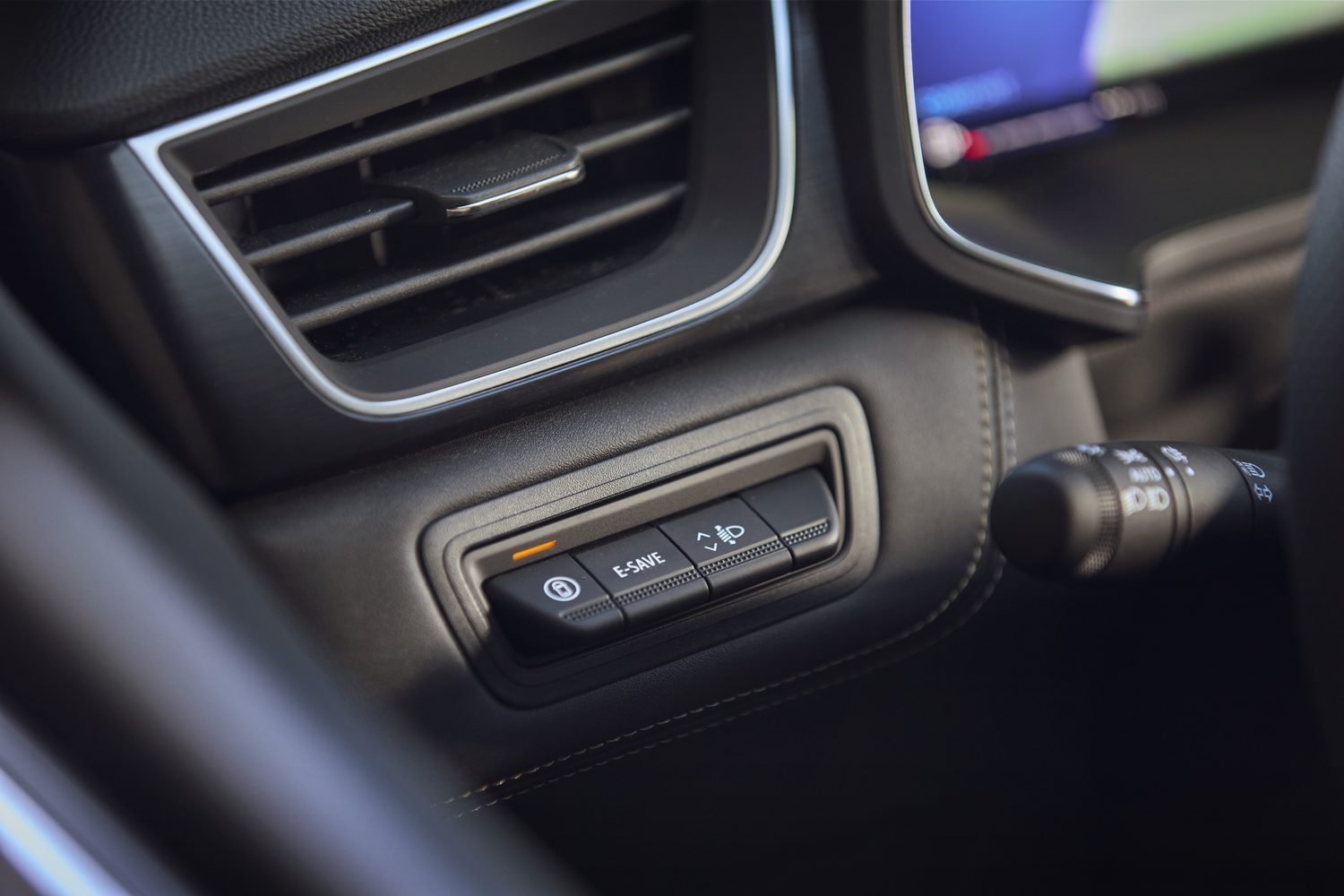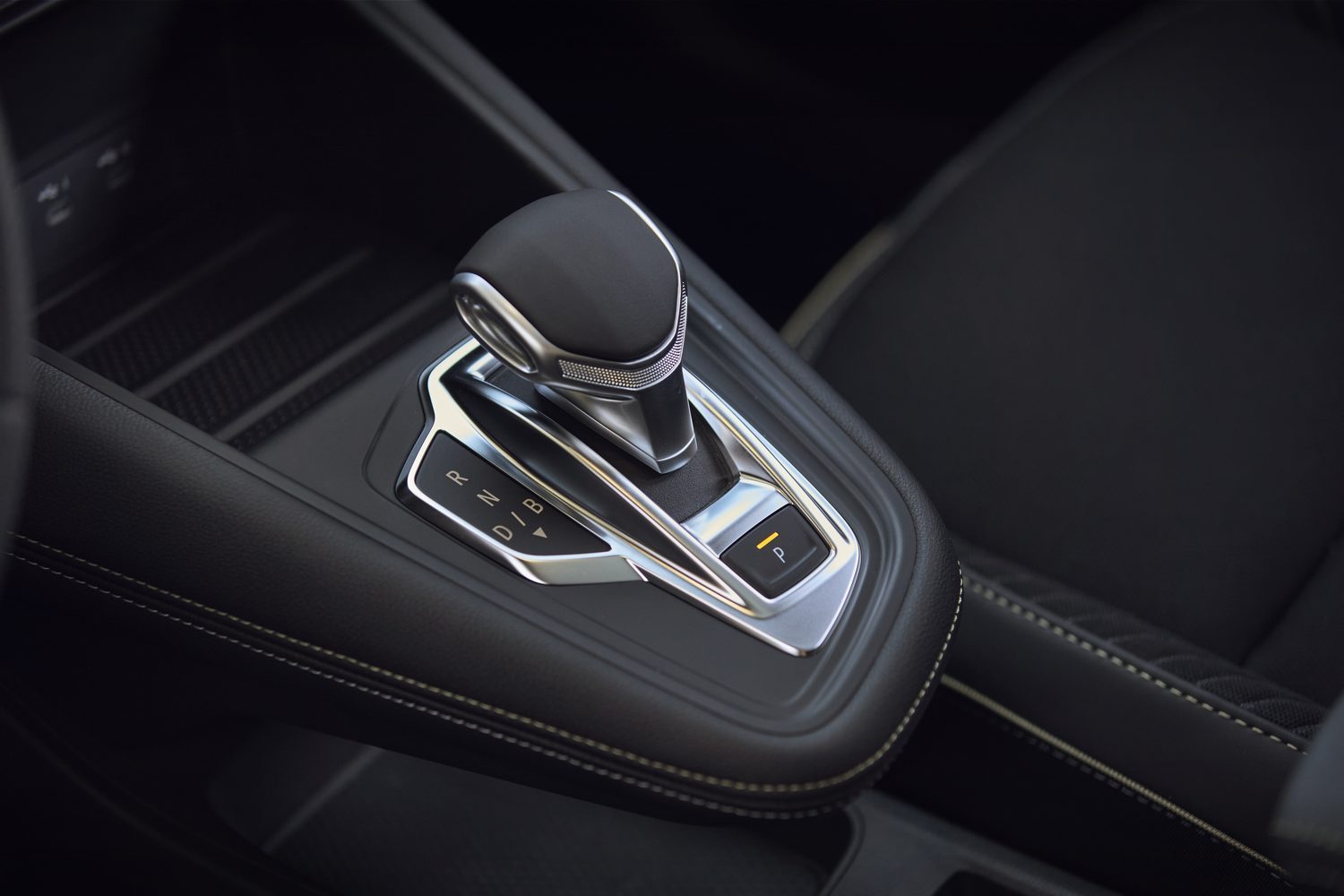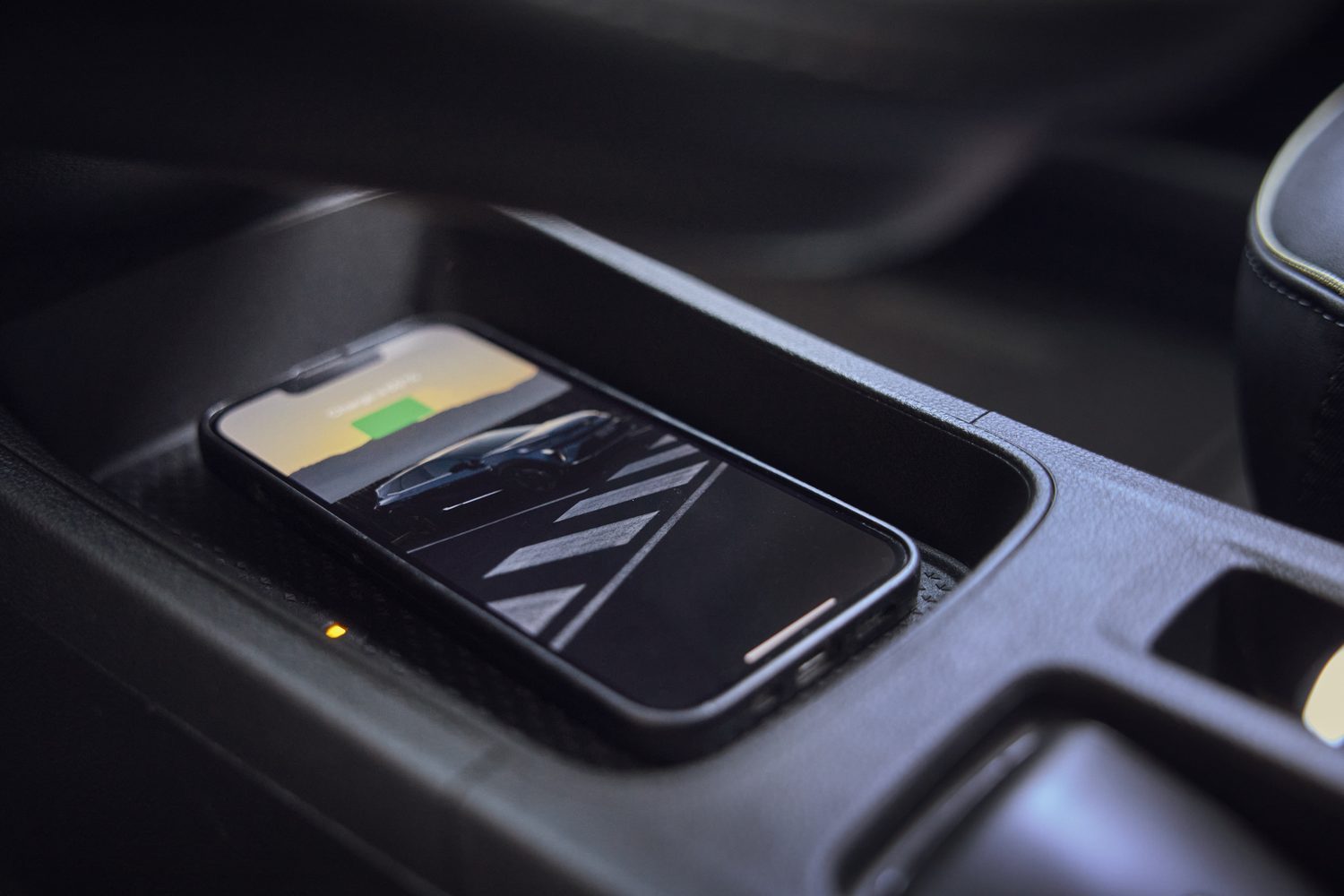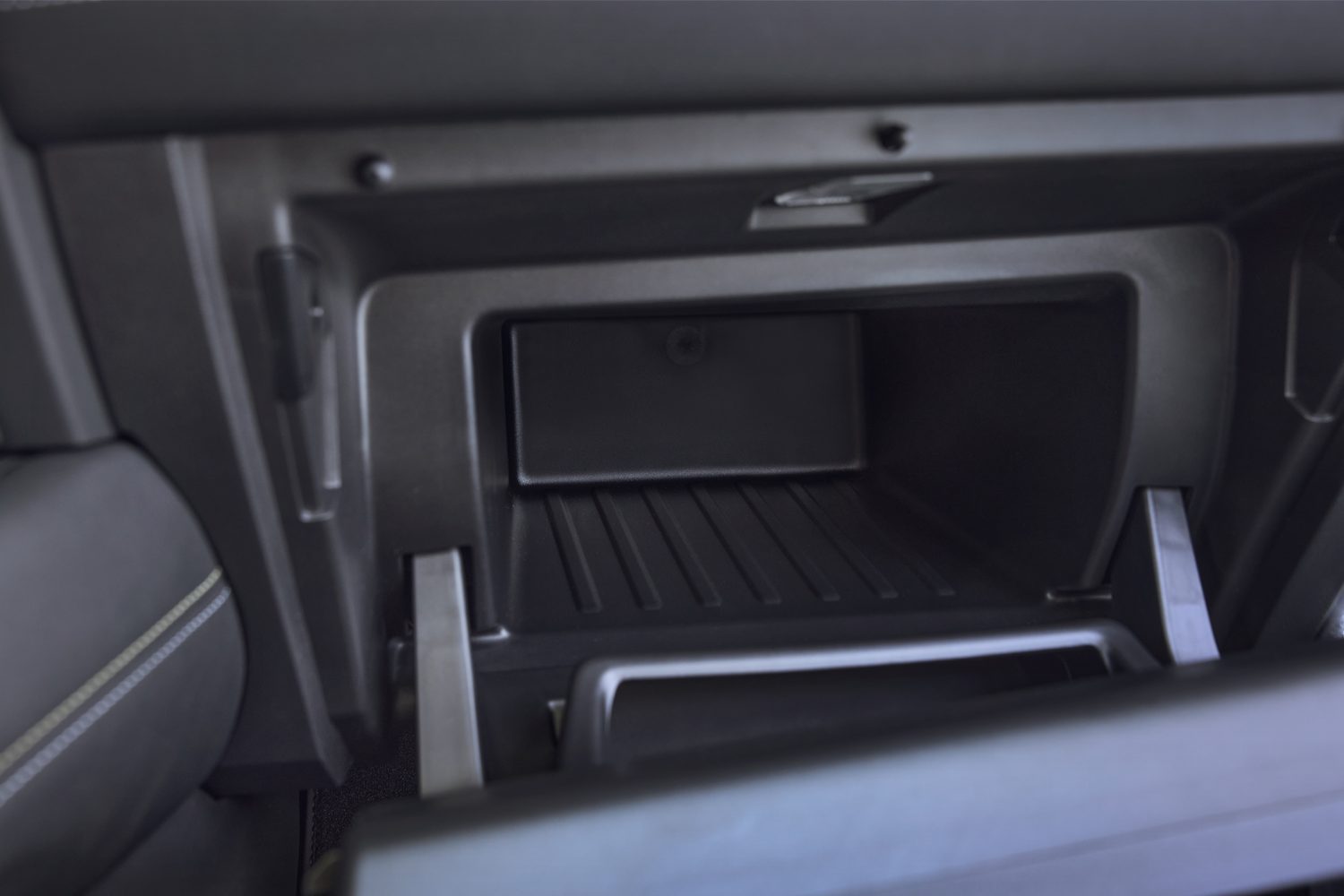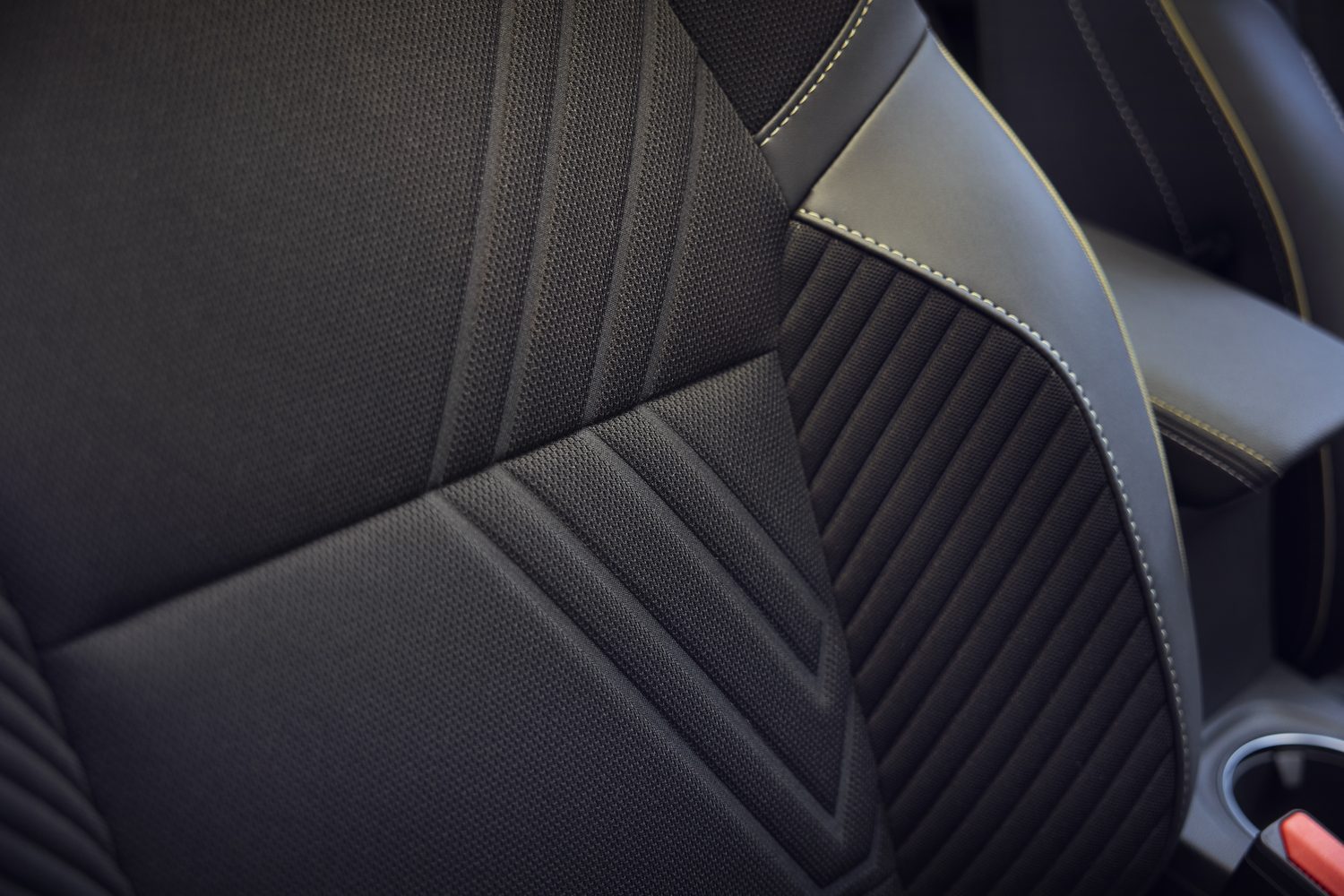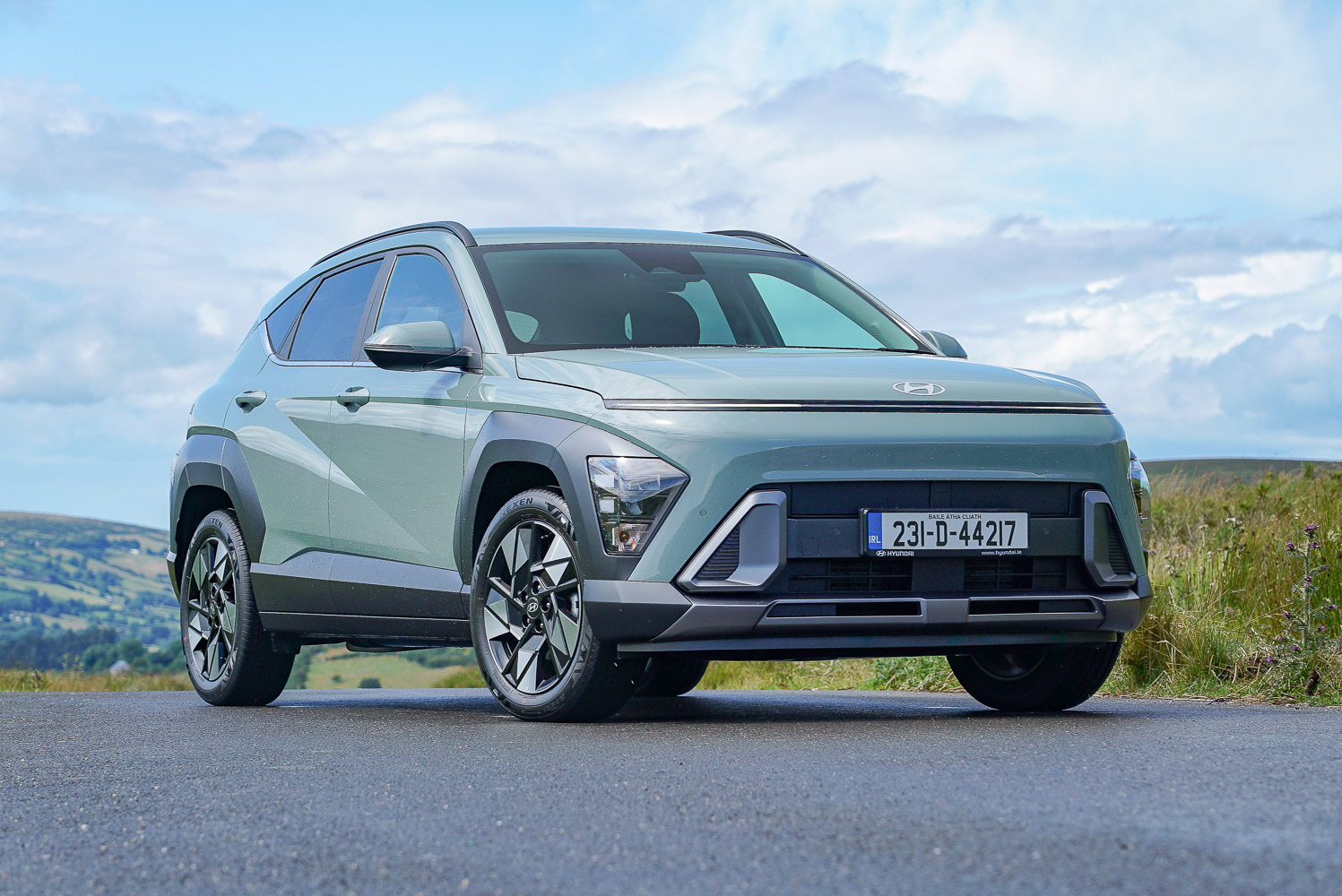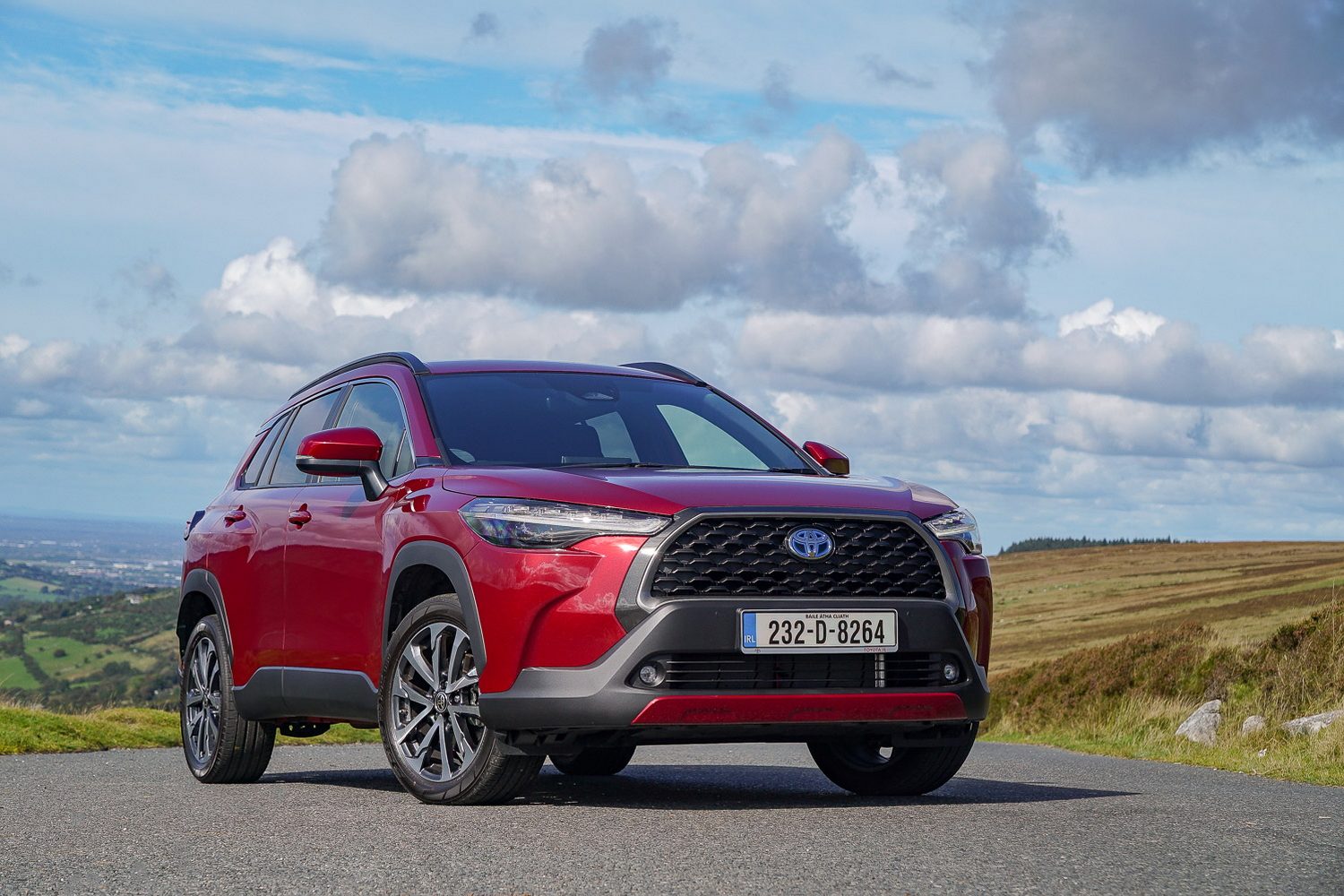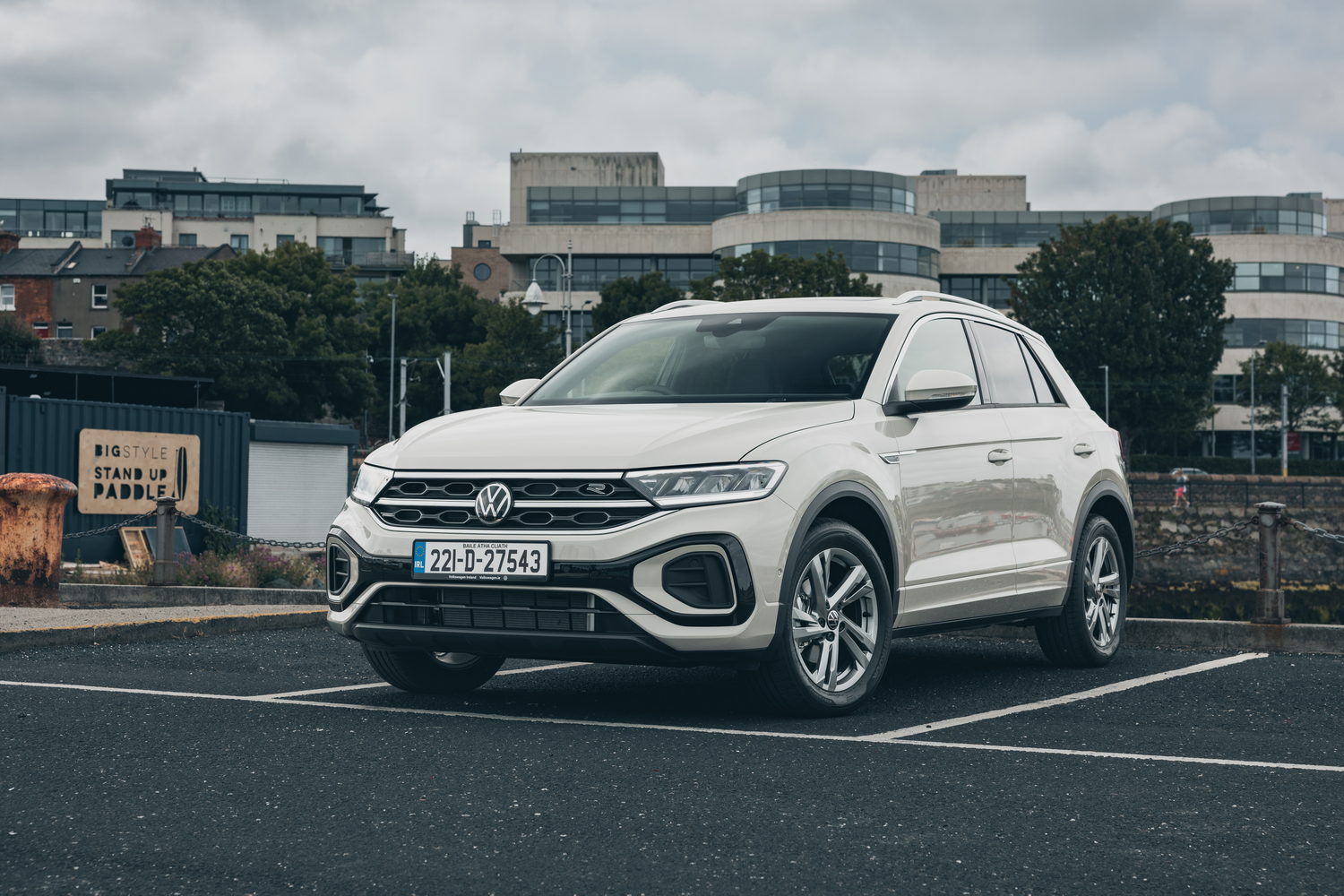Renault has spotted a sliver of marketing daylight between the upmarket Austral SUV and the popular compact Captur. Into that slots the new Symbioz, a five-seat SUV that majors on practicality and affordability. It’s powered exclusively by a hybrid powertrain and hits Irish shores in time for the 2025 “251” registration period. Ahead of that, we got the chance to try it out on the roads around Valencia in Spain.
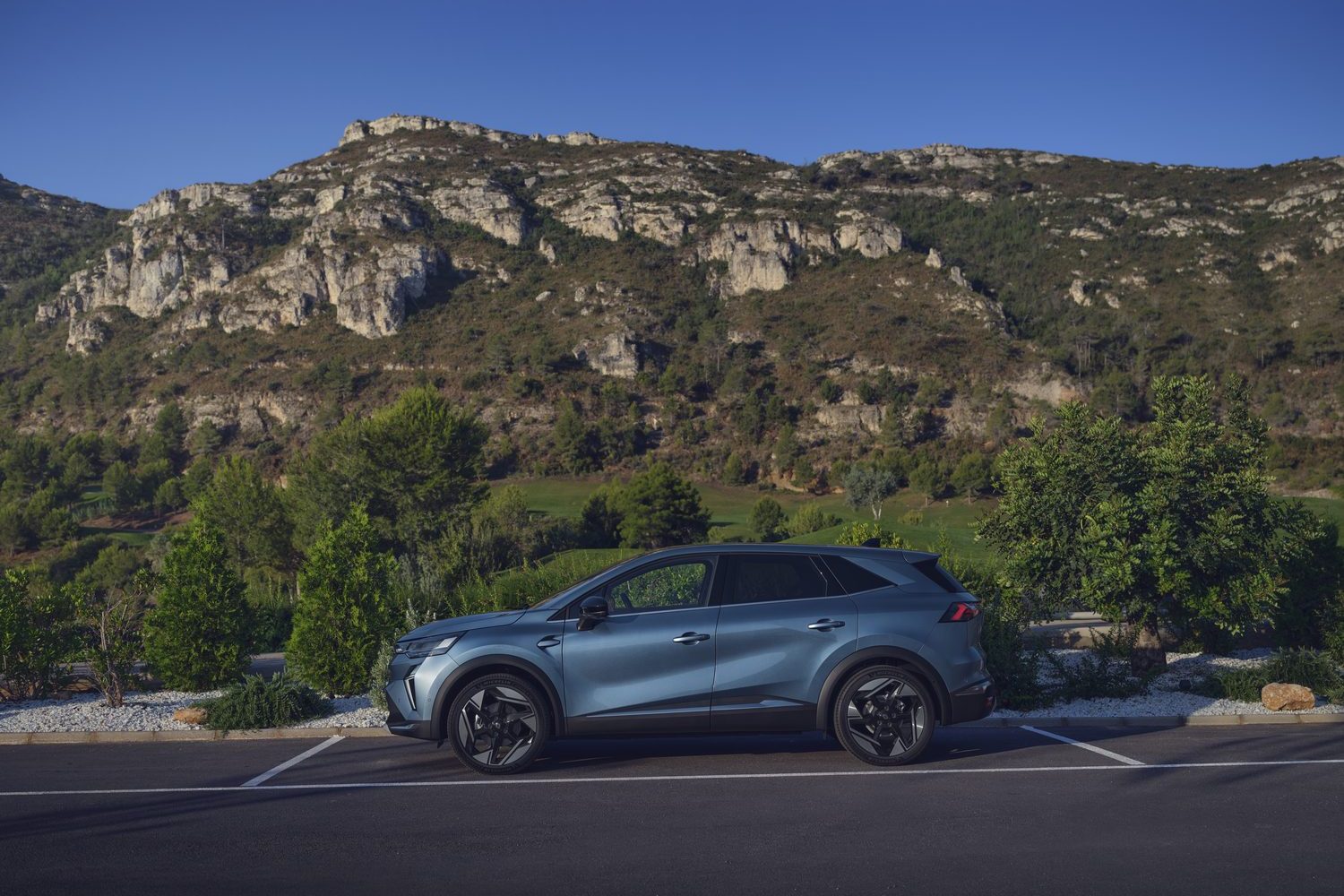
How much is the Renault Symbioz in Ireland?
The Renault Symbioz has a starting price of €36,995 in Ireland, which is for the entry-level Techno E-Tech Hybrid 145. In the middle of the three variants available is the Techno Esprit Alpine, costing €39,395. Topping the Symbioz range is the Iconic Esprit Alpine, with a price of €41,395. At the car’s launch, the hybrid powertrain will be the only one available, but Renault does plan on introducing a more affordable non-hybrid petrol engine in time.
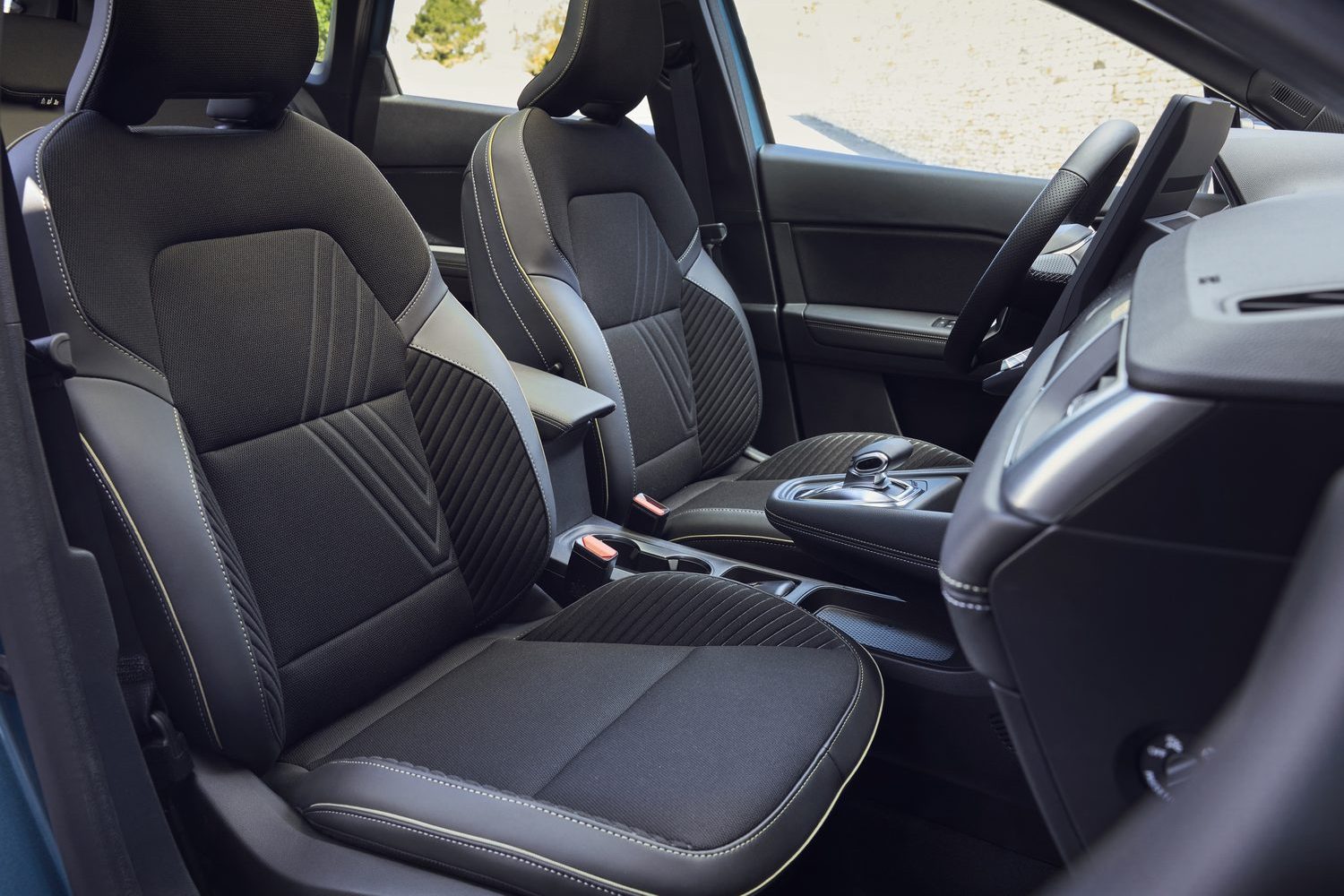
A look inside the Renault Symbioz
The interior layout of the Symbioz follows the same design principles found in Renault’s other models, namely with the same steering wheel, dashboard and centre console layout. Theres’s a good degree of adjustability in the driving position, and the steering wheel is a pleasing size with physical buttons that aren’t fiddly to use - a major plus in our books. The 10.3-inch digital instrument display has a clean and modern look and we like that it isn’t cluttered with information so it’s easy to read at a glance.
We’ll go into more detail about the infotainment system in our on-board tech section below, but it features a 10.4-inch touchscreen that is in the portrait orientation. This layout means it doesn’t take up a lot of space on the centre of the dashboard and is particularly good for displaying navigation information during a journey. We also like that Renault uses physical buttons along its base for certain frequently used functions.
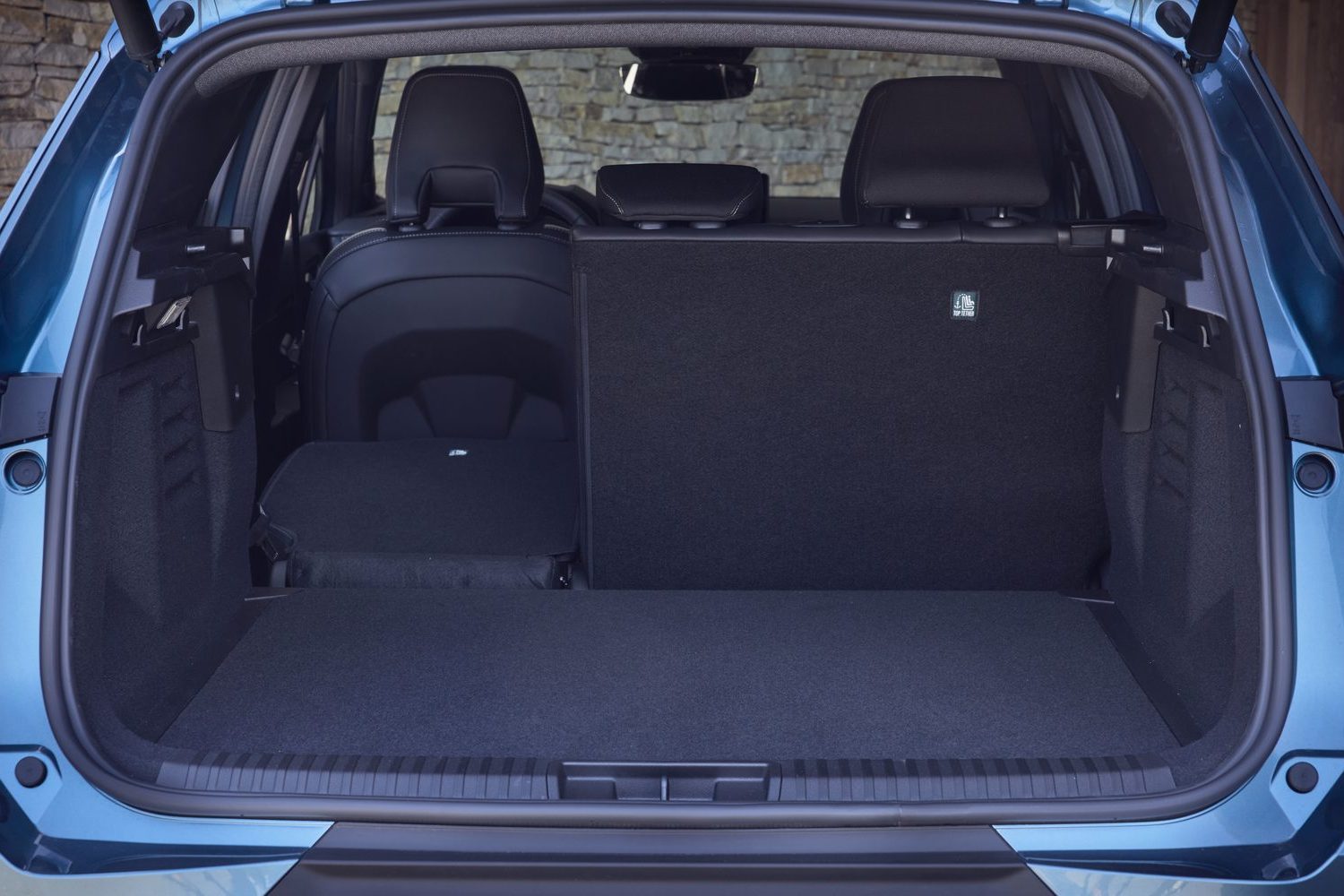
The drive selector is in a raised position on the centre console and ahead of that is a useful storage area. In fact, there are plenty of places to stash oddments throughout the Symbioz’s interior, totally almost 25 litres according to Renault. Rear passenger space is also especially generous, partly thanks to the sliding rear bench seat that can be setup to either maximise legroom or free up more luggage volume. Slide it all the way forward and you’ll have 624 litres of boot space.
On board tech
Renault’s latest ‘OpenR’ infotainment ranks as one of the best primarily due to its use of a Google-based system that runs Android Automotive 12. It reacts quickly to inputs and the connected functionality provides a great overall user experience. Key features include Google Assistant and Google Maps, as well as all the other Google apps. The online connectivity extends to the Google Play app store. It’s also possible to mirror smartphones to run Android Auto or Apple CarPlay with wired and wireless connections.
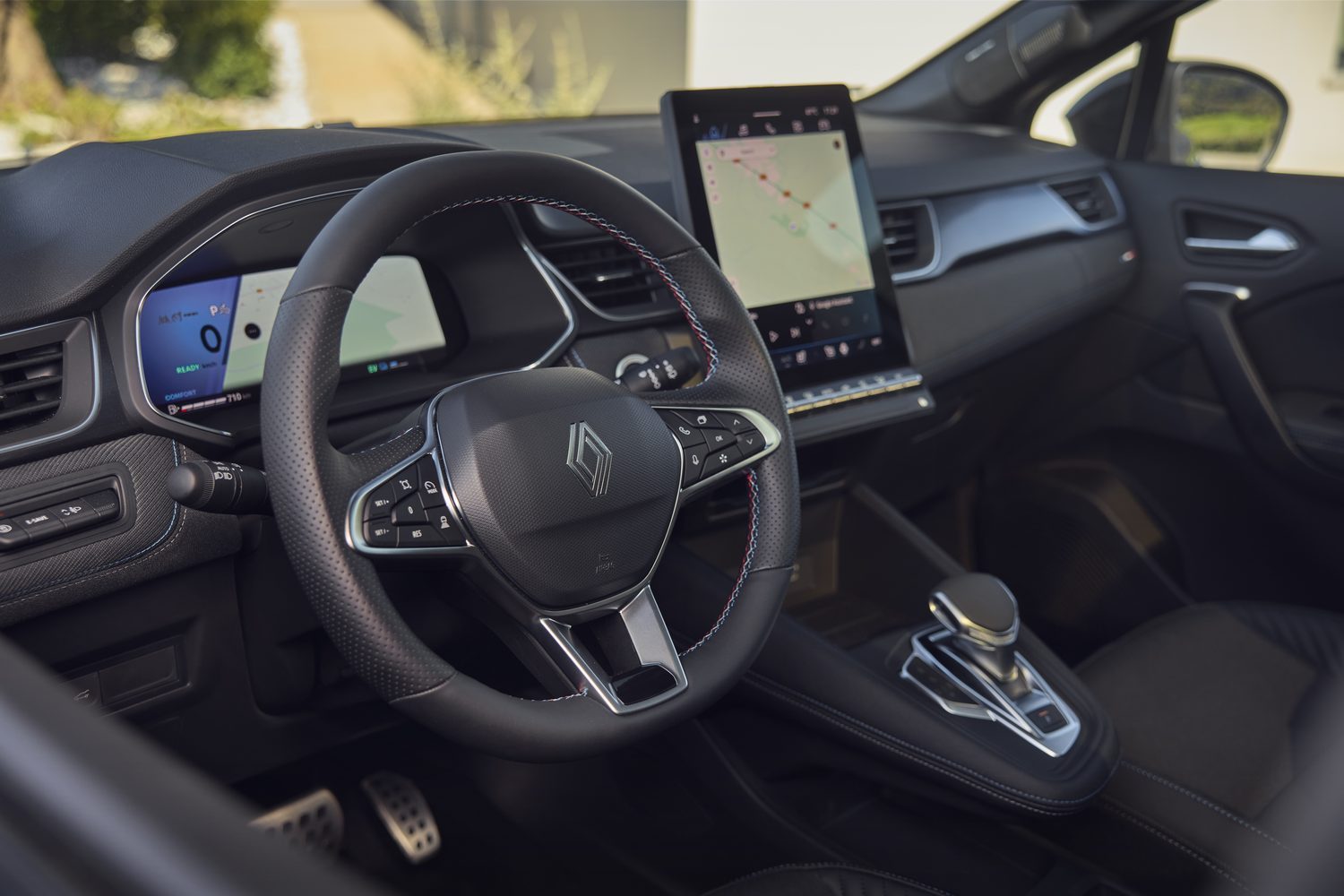
All versions of the Symbioz are fitted with a wireless phone charger that is in the centre console along with two USB-C sockets.
A native Renault app provides remote access to perform tasks such as flashing the lights and horn to help locate the car in a busy car park. The Symbioz can receive over-the-air updates for its firmware, too, meaning that it can be updated without needing to visit a dealer.
Renault offers an optional nine-speaker Harman Kardon hi-fi system. Created in collaboration with renowned musician, Jean-Michel Jarre, it provides what Renault describes as an immersive sound experience.
Already available on the Renaults Rafale and Scenic, the Symbioz can be fitted with the Solarbay tinted roof. This panoramic glass panel spans almost the entire length of the roof and uses a liquid crystal technology layer within the glass to create an opaque finish at the touch of a button. Four segment settings are available ranging from totally clear to partially opaque. Its composition means that it does not require an electric blind to provide more shade, and improves headroom inside by another 30mm in comparison to a traditional blind system, according to its maker.
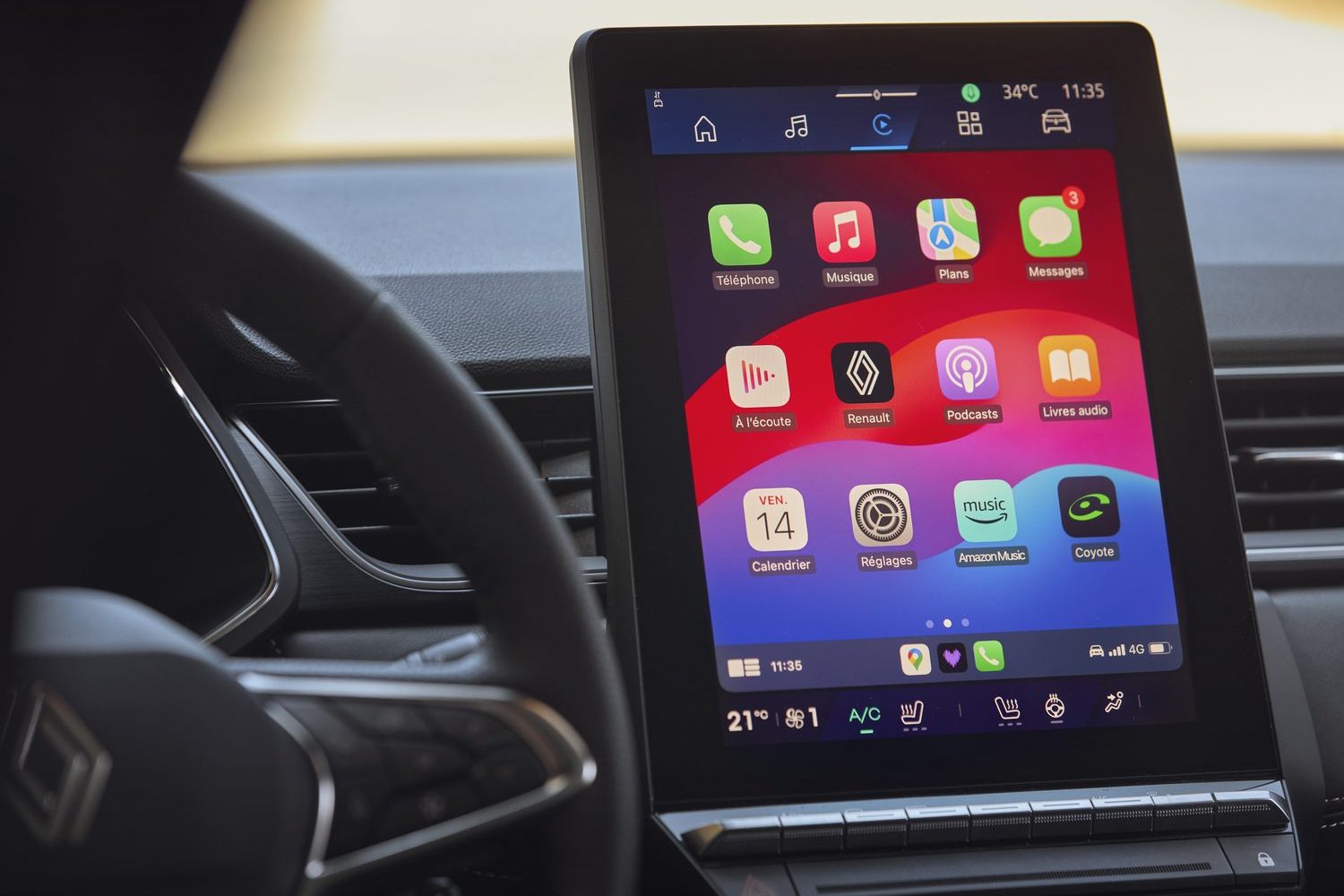
How safe is the Renault Symbioz?
Renault equips the Symbioz with the latest driver assistance features, with a total of 29 systems on the Iconic version in addition to six airbags, so it is very safe by modern standards. Included is an automatic emergency braking system that also covers reversing manoeuvres. It uses ultrasonic sensors to detect obstacles including pedestrians and cyclists and when any of these are detected, the car emits an audible alert. If the driver doesn’t react, the car will apply emergency braking for two seconds to avoid a collision. The same system works when the car is reversing between 3- and 10km/h.
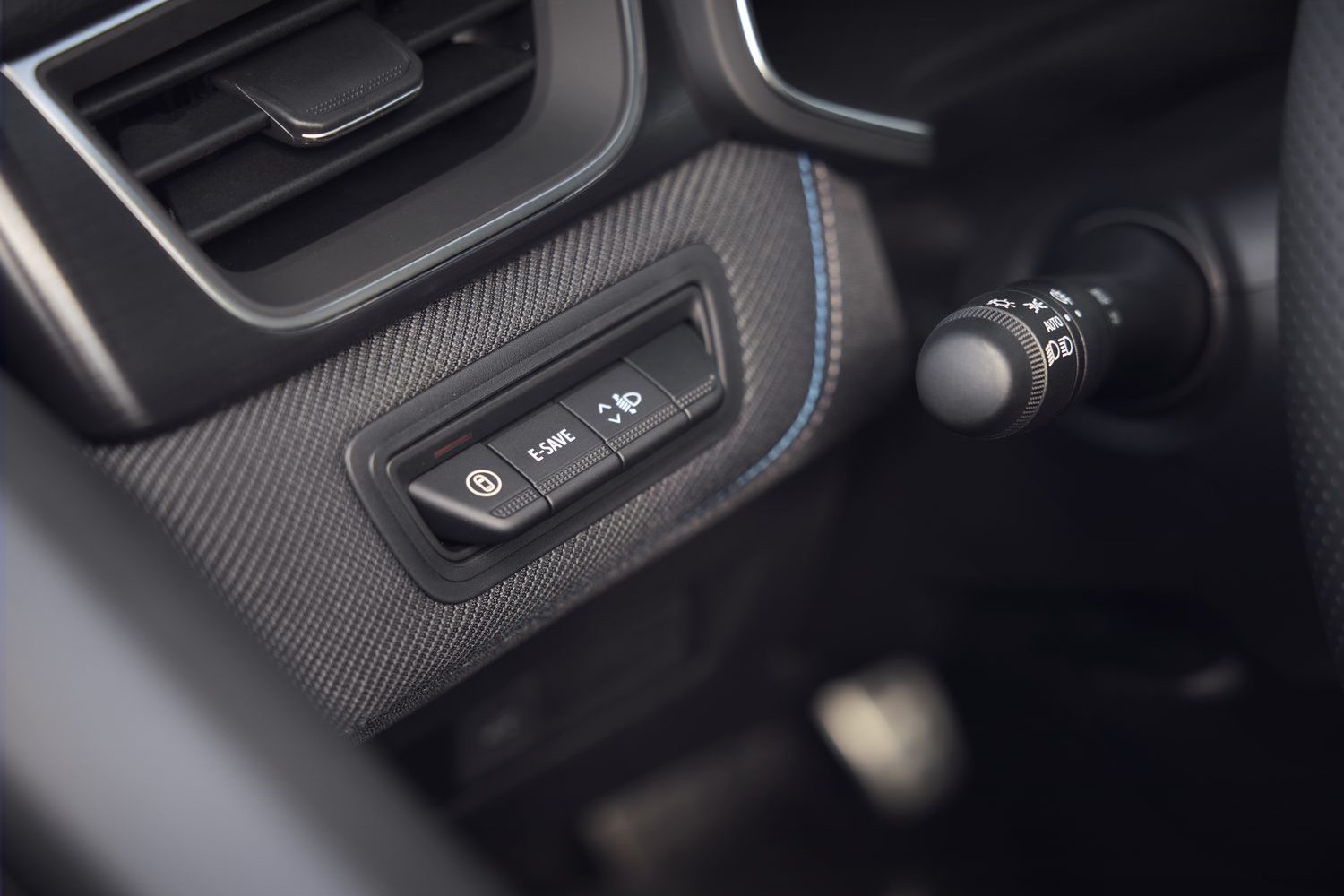
Once parked, the Symbioz can still monitor its surrounds for a brief period and will alert the occupants if they attempt to open the door when a vehicle or cyclist is about to pass. Other features include active systems for when you’re driving. Among these are blind-spot warning and lane-keeping assist, plus a lane departure warning in case you allow the car to drift over a lane marking. As part of the latest European regulations, the Symbioz can detect the current speed limit and will alert the driver if they start to exceed this. Renault has also devised a ‘My Safety Switch’ button that lets the driver either activate or deactivate their preferred safety settings - for up to six systems - at the touch of a single button.
At the time of writing the Renault Symbioz has not yet been assessed by Euro NCAP. Renault’s latest models have all scored top five-star results in recent tests and with the level of driver assistance systems fitted to the Symbioz, we expect it to achieve a high score.
How many child seats can I fit in the Renault Symbioz?
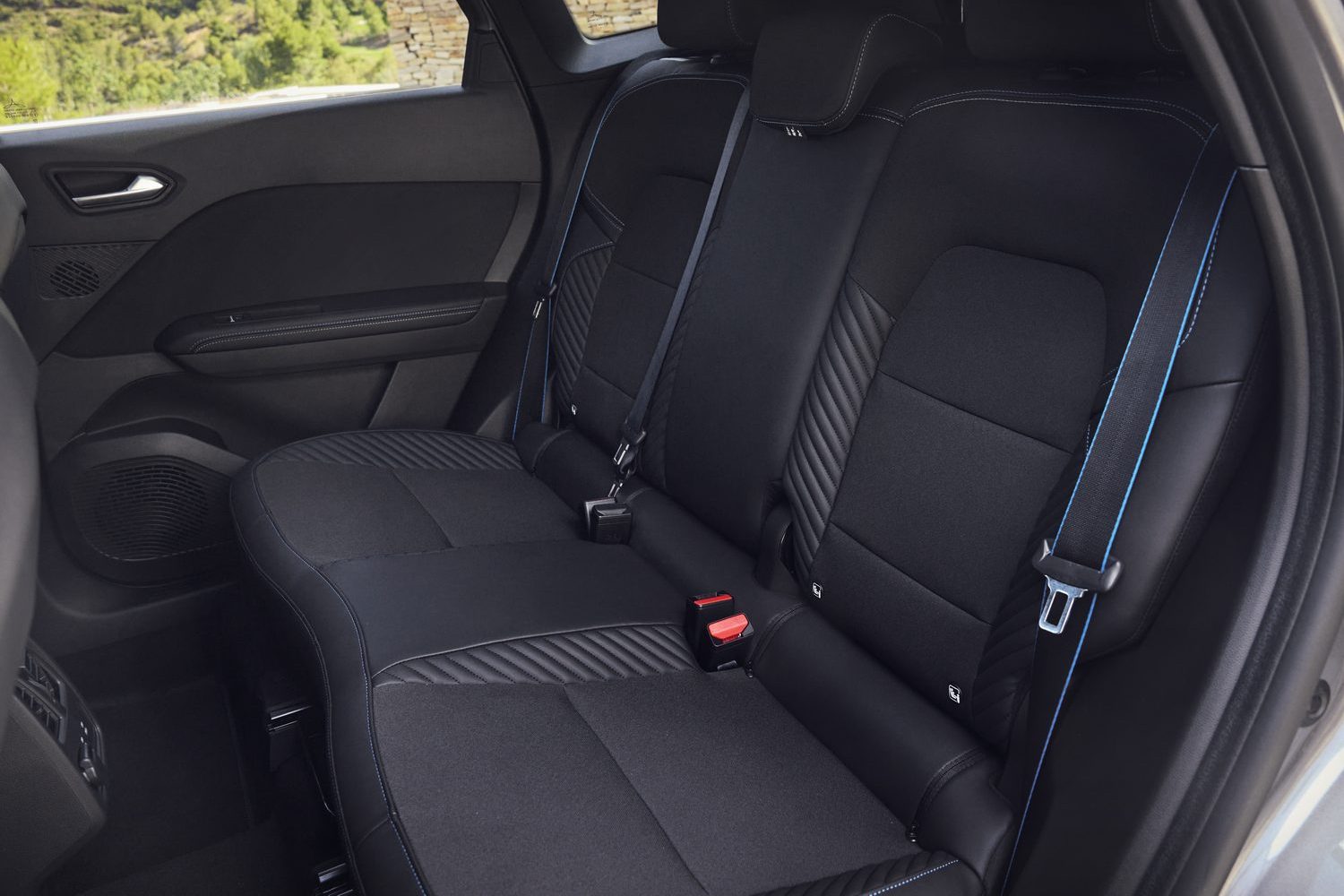
If ISOFIX mountings are your thing, then you’ll find just two positions in the Symbioz - on the outer rear seats. Between them, the gap is unlikely to be wide enough to accommodate even a slender booster. While there are no ISOFIX points up front, there is an airbag deactivation switch for the passenger seat should you wish to secure a child seat there with the seatbelt. The sliding rear bench seat will be a hit with parents trying to fit in bulky rear-facing child seats, and for those not wishing to be kicked in the back by little angels facing forward as they get bigger... The large boot, meanwhile, should easily accommodate big ‘travel system’-style buggies.
Driving the Renault Symbioz
Understandably, buyers of the Renault Symbioz will be focused more on practicality and interior space than outright driving enjoyment but it’s a pleasant car to drive. The hybrid system plays a role in that thanks to its ability to cover reasonable distances at lower speeds using only the electric motor, such as in towns and cities. That motor does have plenty of power to pull the car along by itself so long as there is energy in the Renault’s small hybrid battery. It recharges quickly whenever you’re off the accelerator pedal and slowing down.
When the battery charge gets low or you demand more power from the system, the petrol engine quickly sparks into action. In most typical driving, it works smoothly and relatively quietly, and in some instances only for the small ‘EV’ symbol that appears on the dash when the electric motor is running, it could be tricky to tell which motor is powering the Symbioz at any moment.
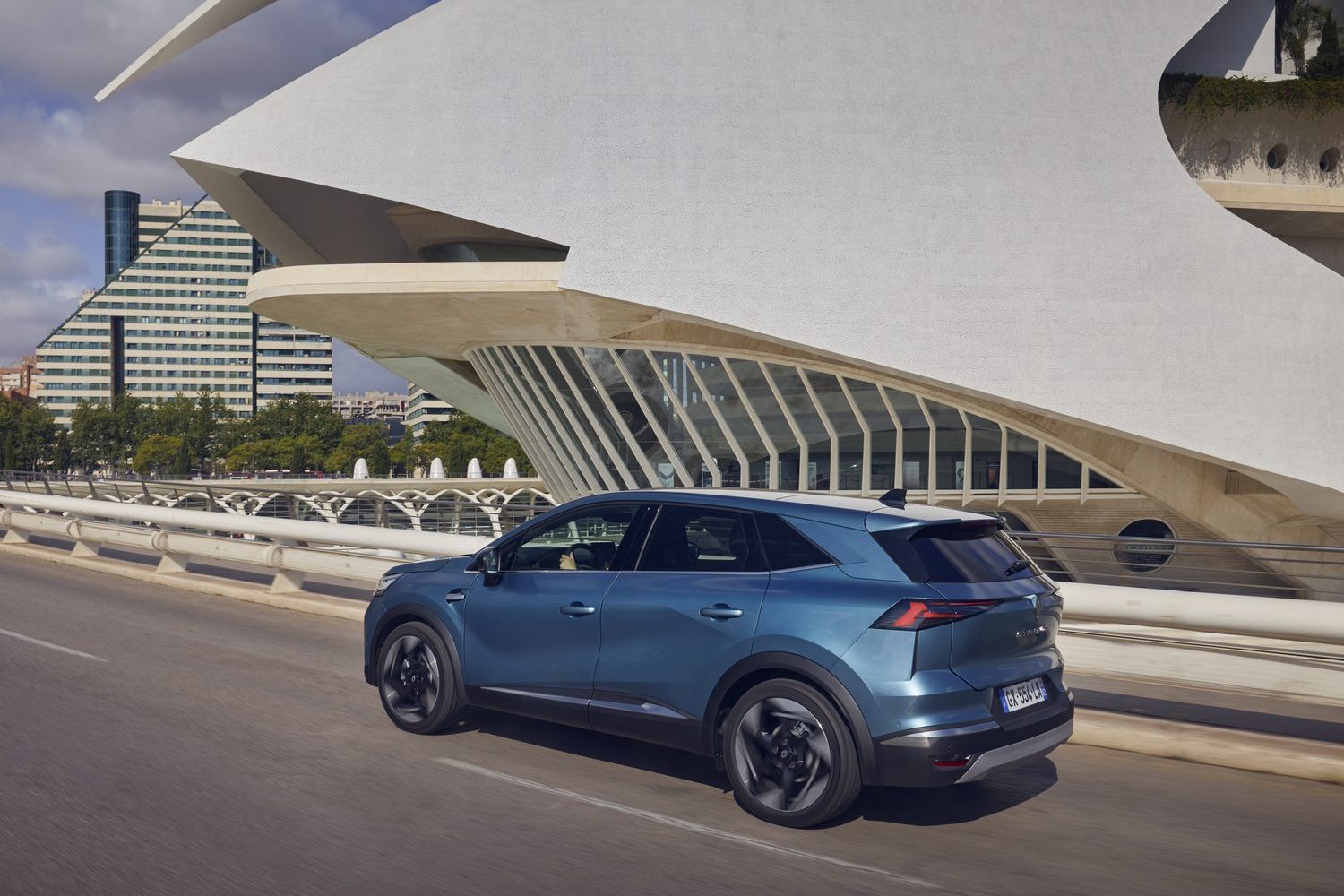
However, if you go hunting for all the power that the hybrid system can muster then the engine does become more vocal. There is occasionally a coarse tone to how it runs, and at times it will activate without warning to charge up the battery.
Press the e-save button on the dashboard and the system maintains a higher level of charge in the battery. This function is primarily designed for times when more combined power is needed, such as longer uphill drives, but it also works if you want to complete the final part of your journey home using only battery power.
Some may be surprised to learn that the Symbioz doesn’t drive like a typical SUV. Yes, you get a moderately raised driving position, but it behaves much more like a hatchback than a crossover or SUV. As you tip into bends there isn’t the body lean you might expect to experience from taller vehicles and the overall suspension setup is comfortable yet provides good levels of body control.
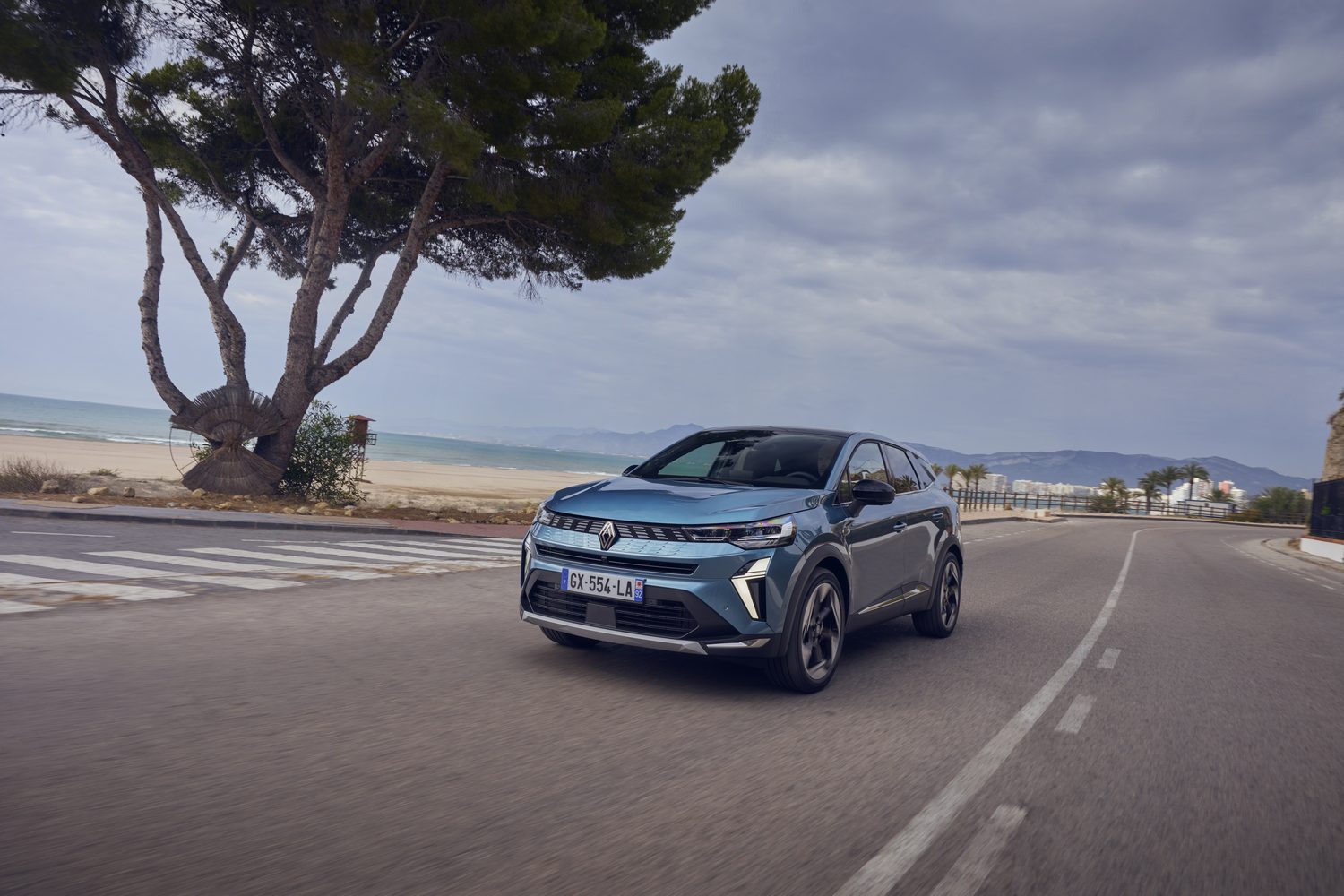
The steering it light which adds to the ease of driving the Symbioz and it’s easy to manoeuvre at low speeds such as when parking. A 360-degree camera system also helps you squeeze into spaces, though it isn’t an especially large car anyway.
Away from the urban centre the Renault puts in a satisfactory performance over longer distances and on motorways. There are good levels of sound suppression, too, helping the Symbioz feel like a more upmarket car than the Captur, for example.
How economical is the Renault Symbioz?
The official figures suggest the Symbioz should be incredibly efficient, with 4.7 litres/100km quoted on the WLTP combined cycle, along with a CO2 emissions rating of just 105g/km. The latter means exceptionally low annual motor tax and it should also keep the price down as VRT will be just 12.75 per cent.
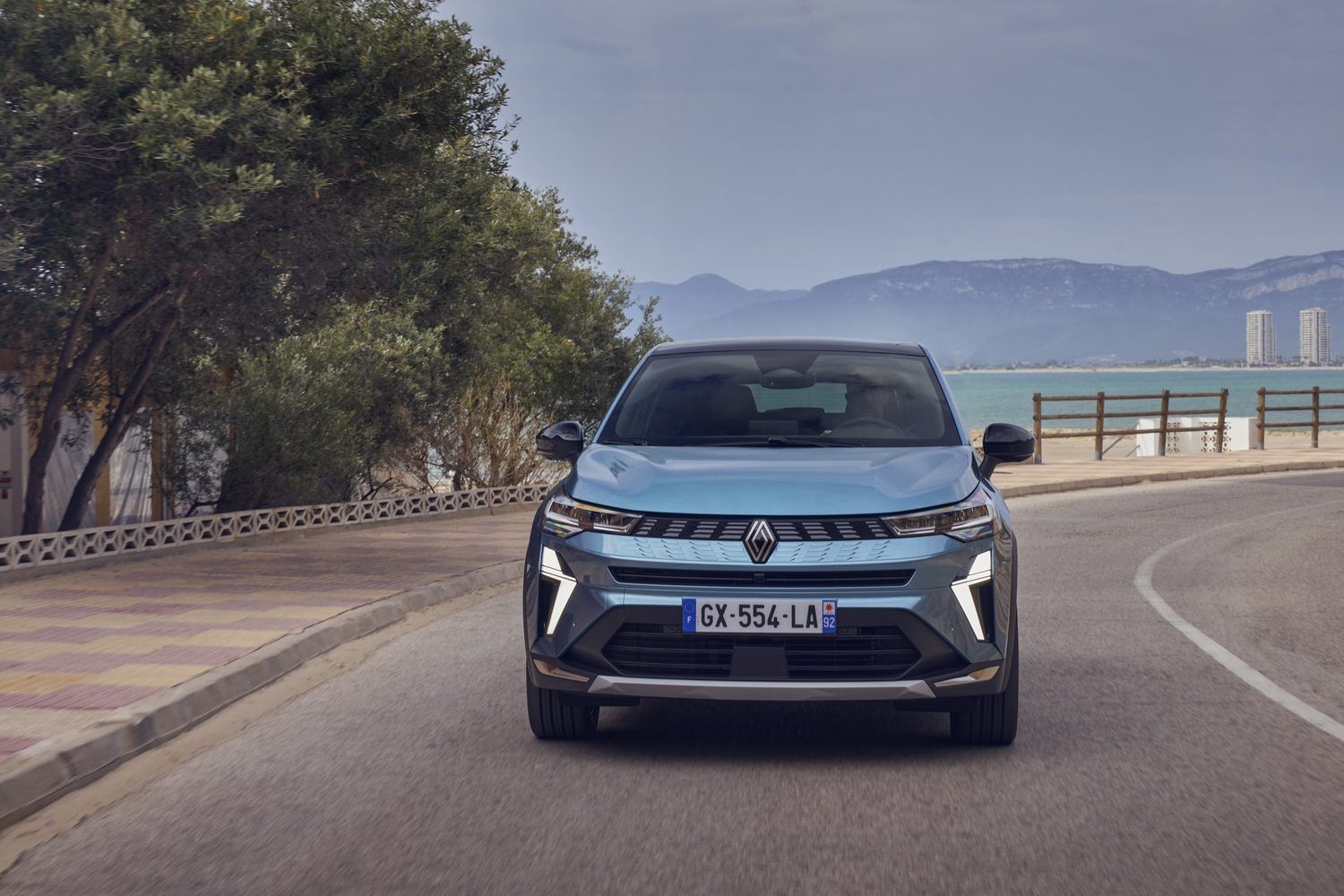
Over the course of two days driving that included a mixture of settings from motorways, towns and country roads, the car’s trip computer indicated between 5.4 and 5.5 litres/100km. That’s higher than the official combined figures but it’s still a respectable enough consumption level for this type of car given the nature of the driving we did.
The reasons you’d buy a Renault Symbioz
If you’re in the market for a Renault SUV and the Austral is out of budget, but the Captur is too compact for your needs, then the Symbioz could be the answer. It retains the high-tech vibe of other new Renaults while allowing buyers to choose hybrid power if that suits their lifestyle. Its biggest selling point of course is a highly practical interior.
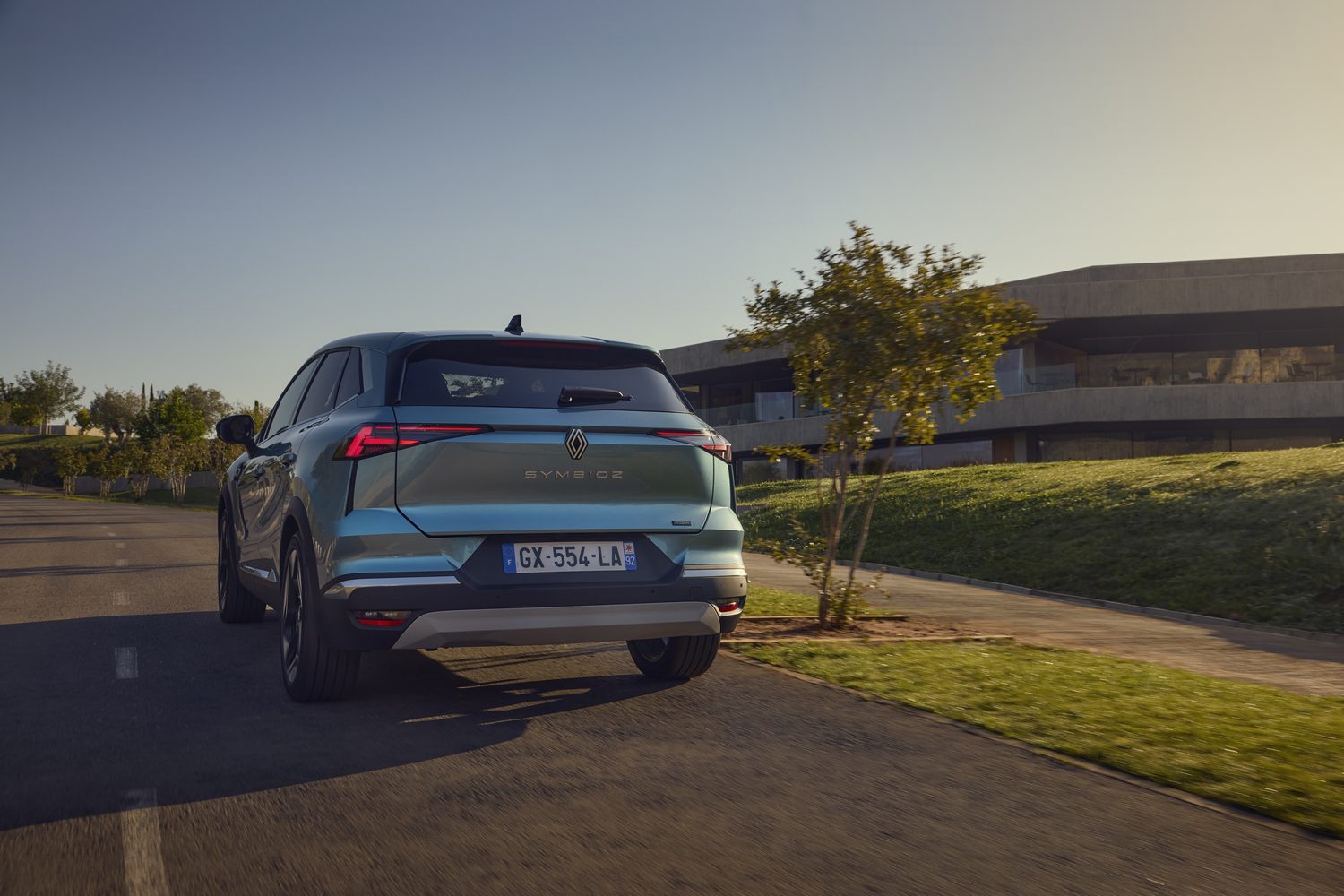
Ask us anything about the Renault Symbioz
If there’s anything about the Renault Symbioz we’ve not covered, or you’d like advice in choosing between it and other vehicles, you can avail of our (completely free) expert advice service via the Ask Us Anything page.

